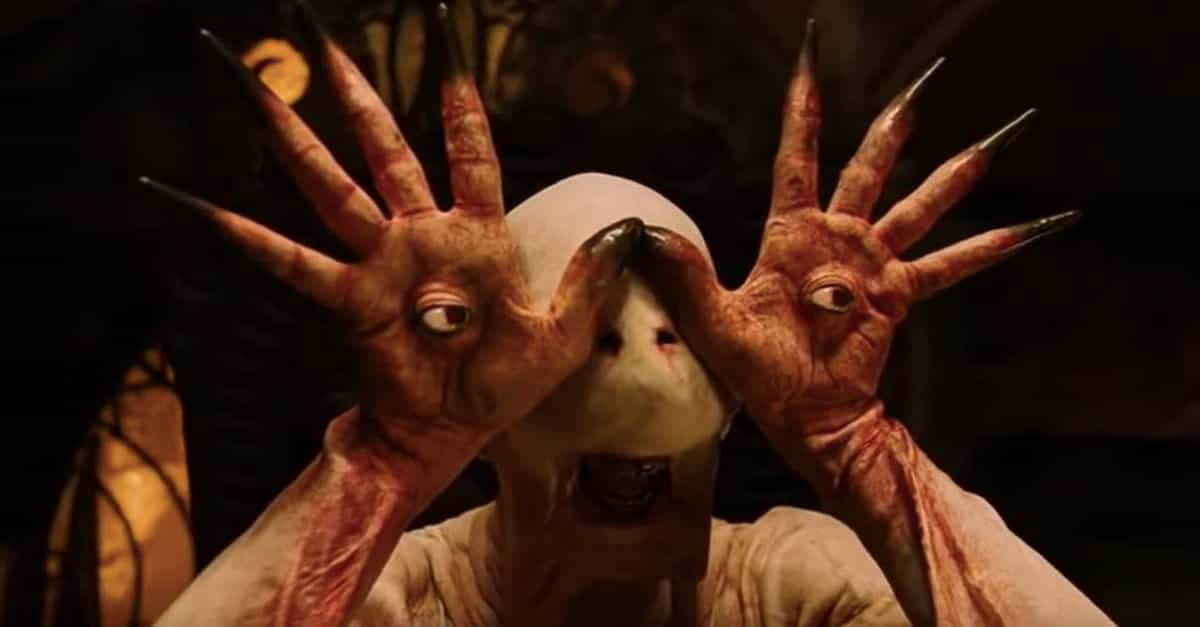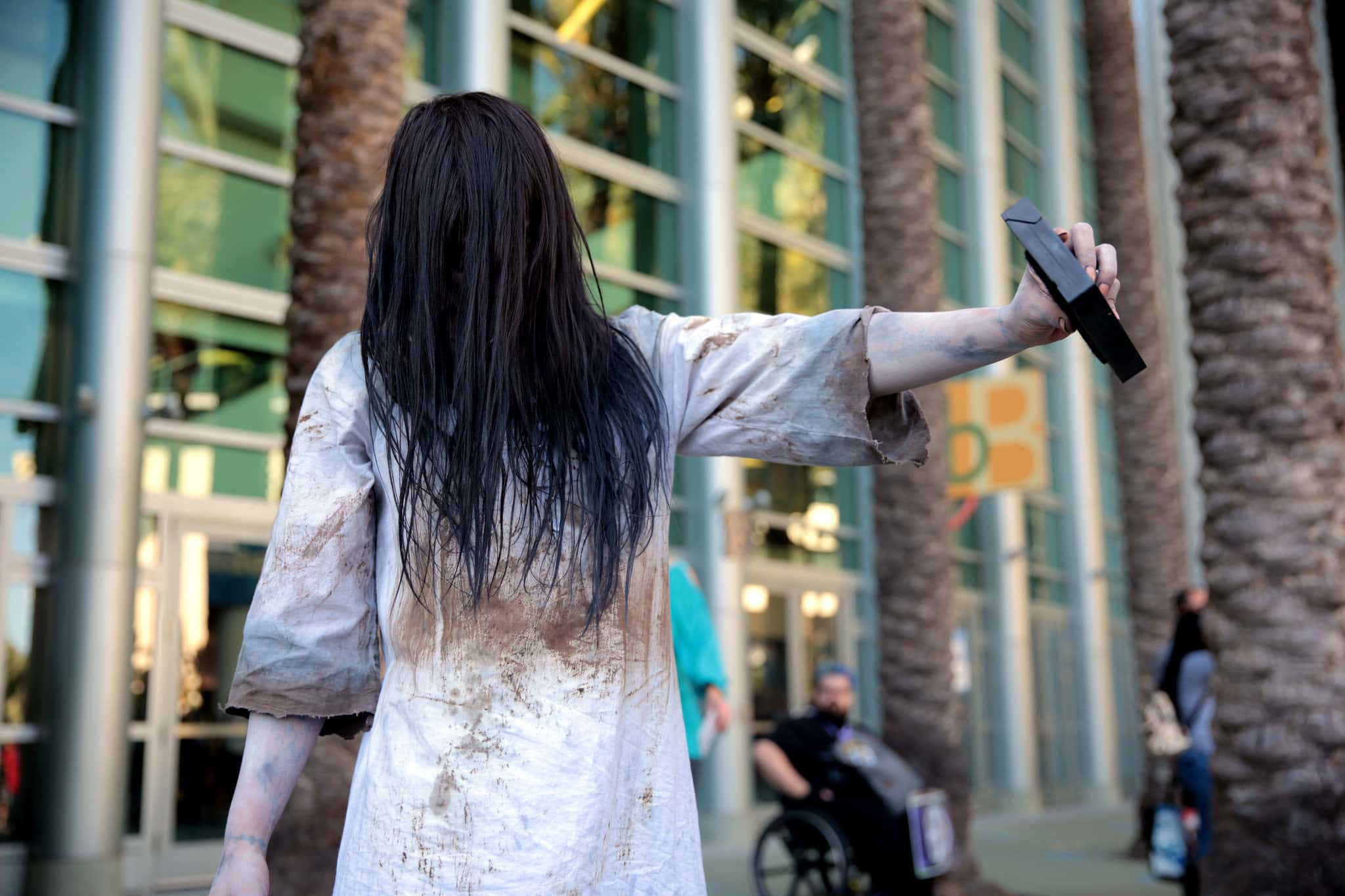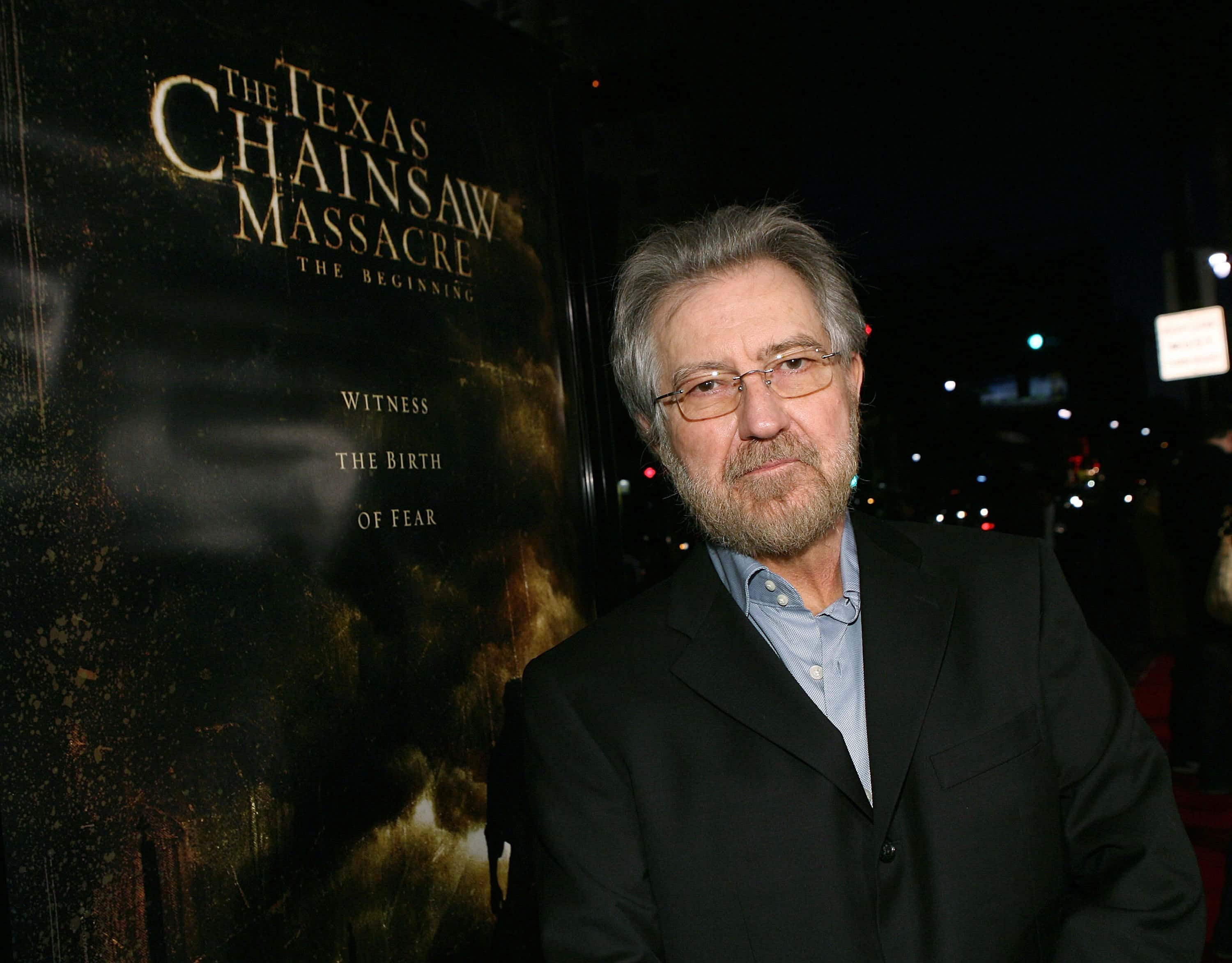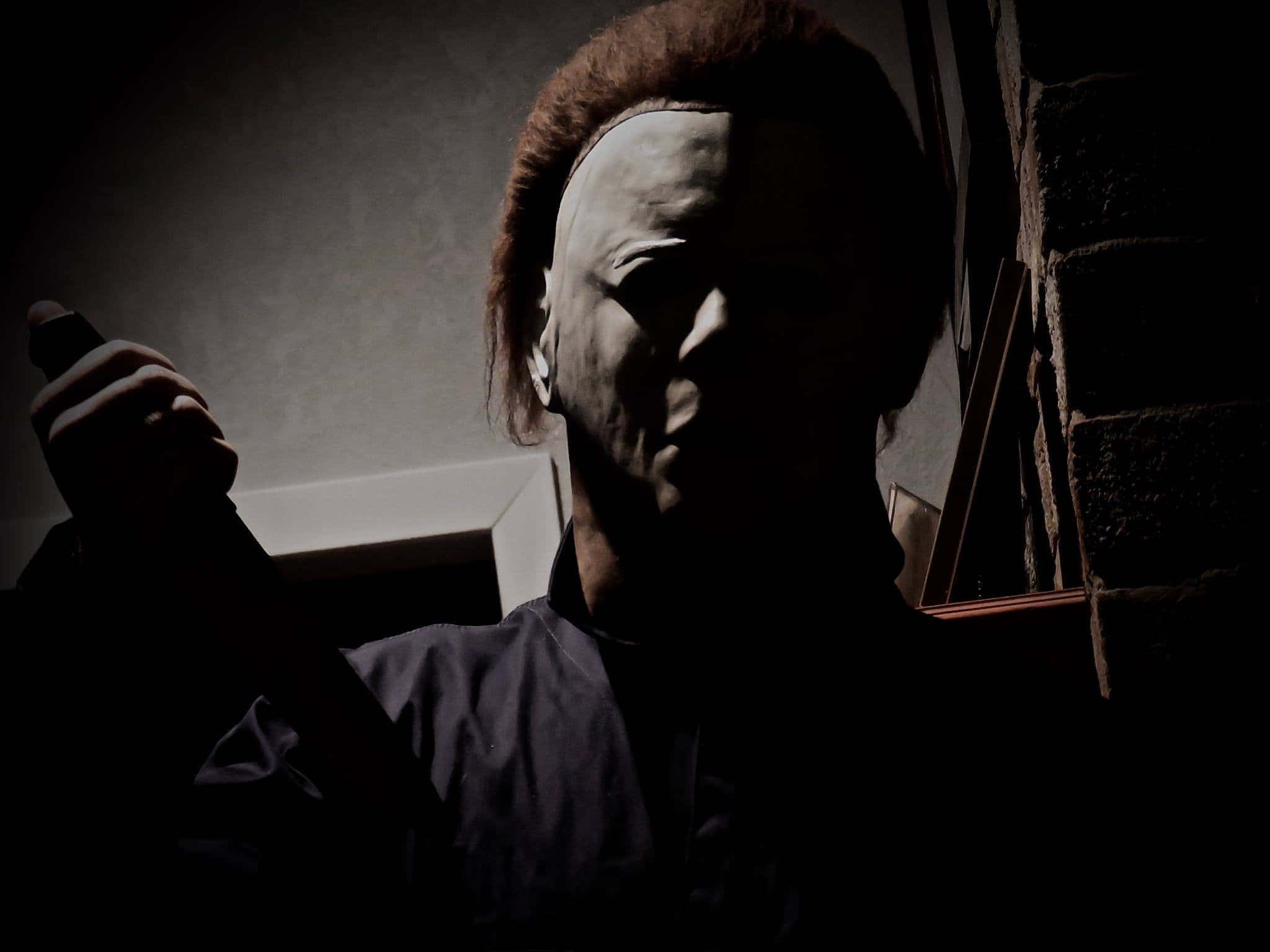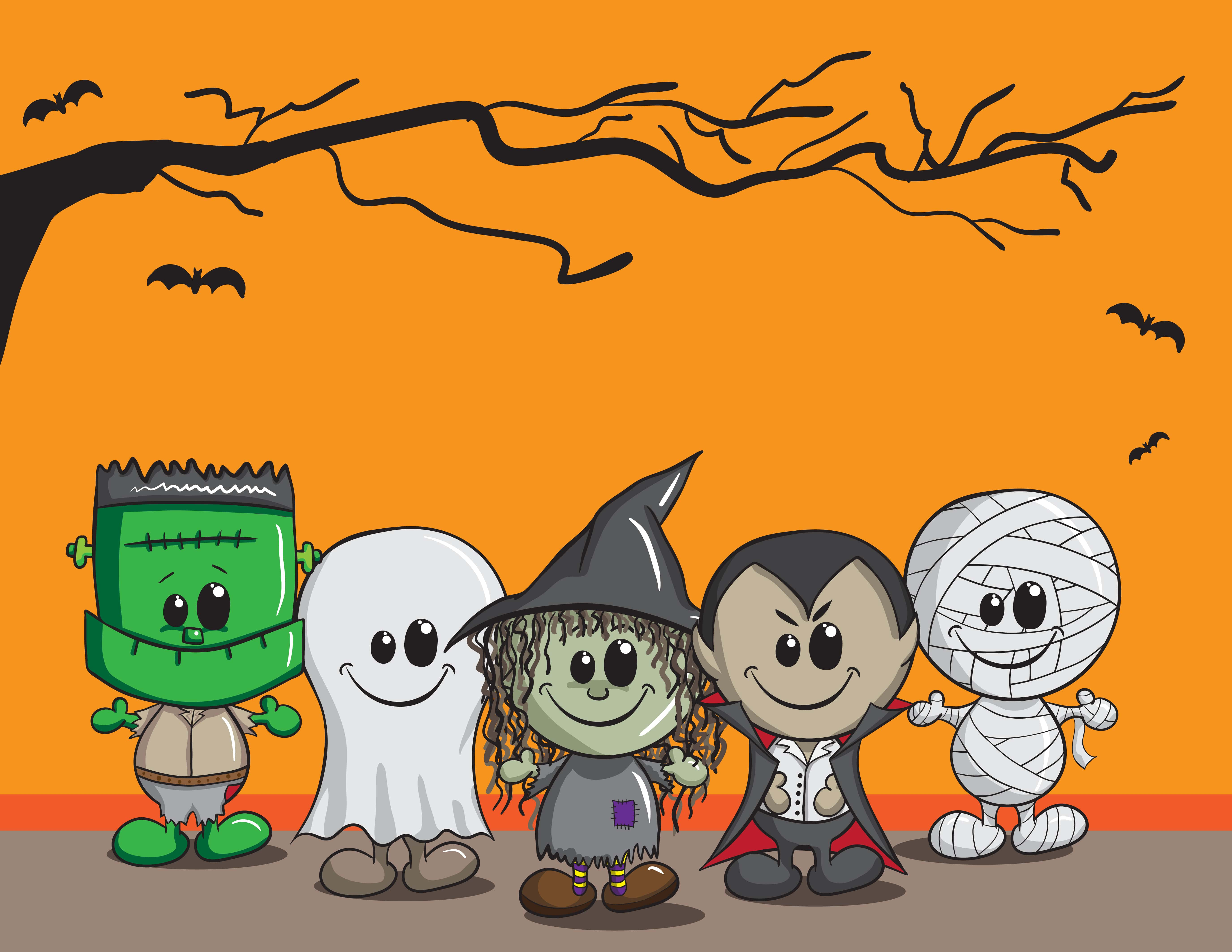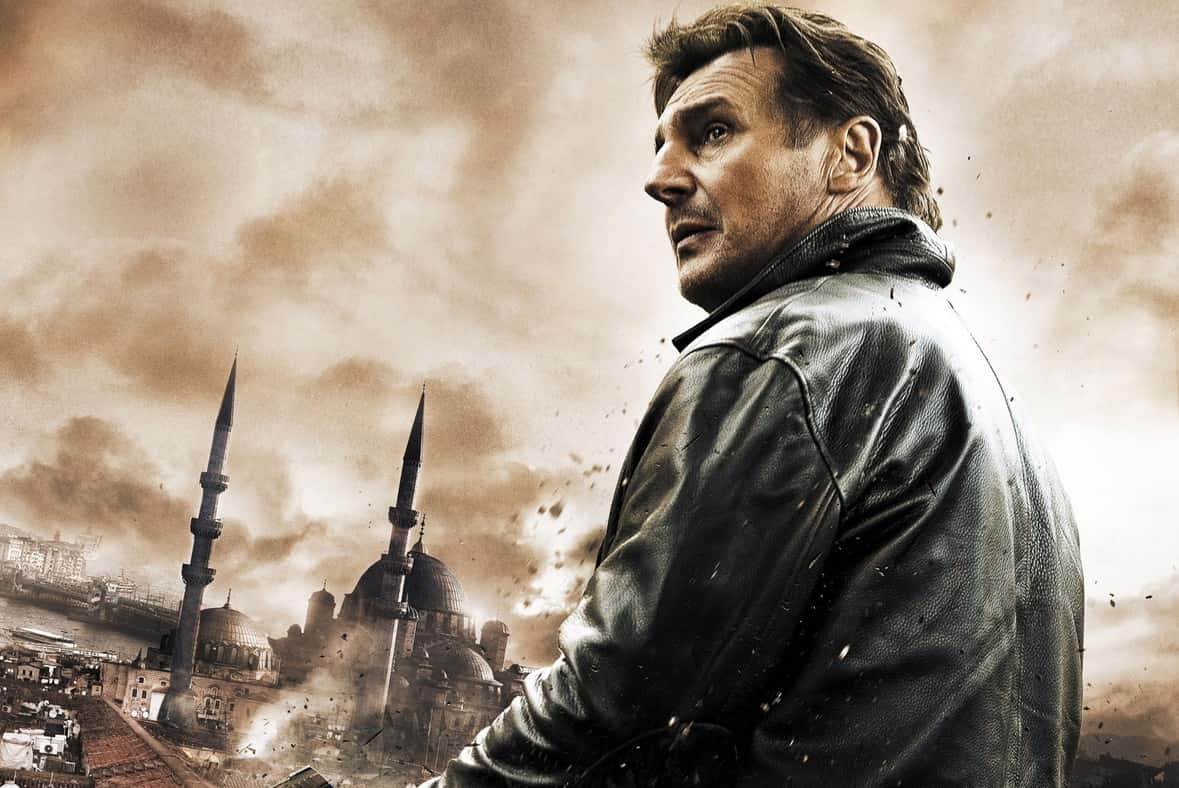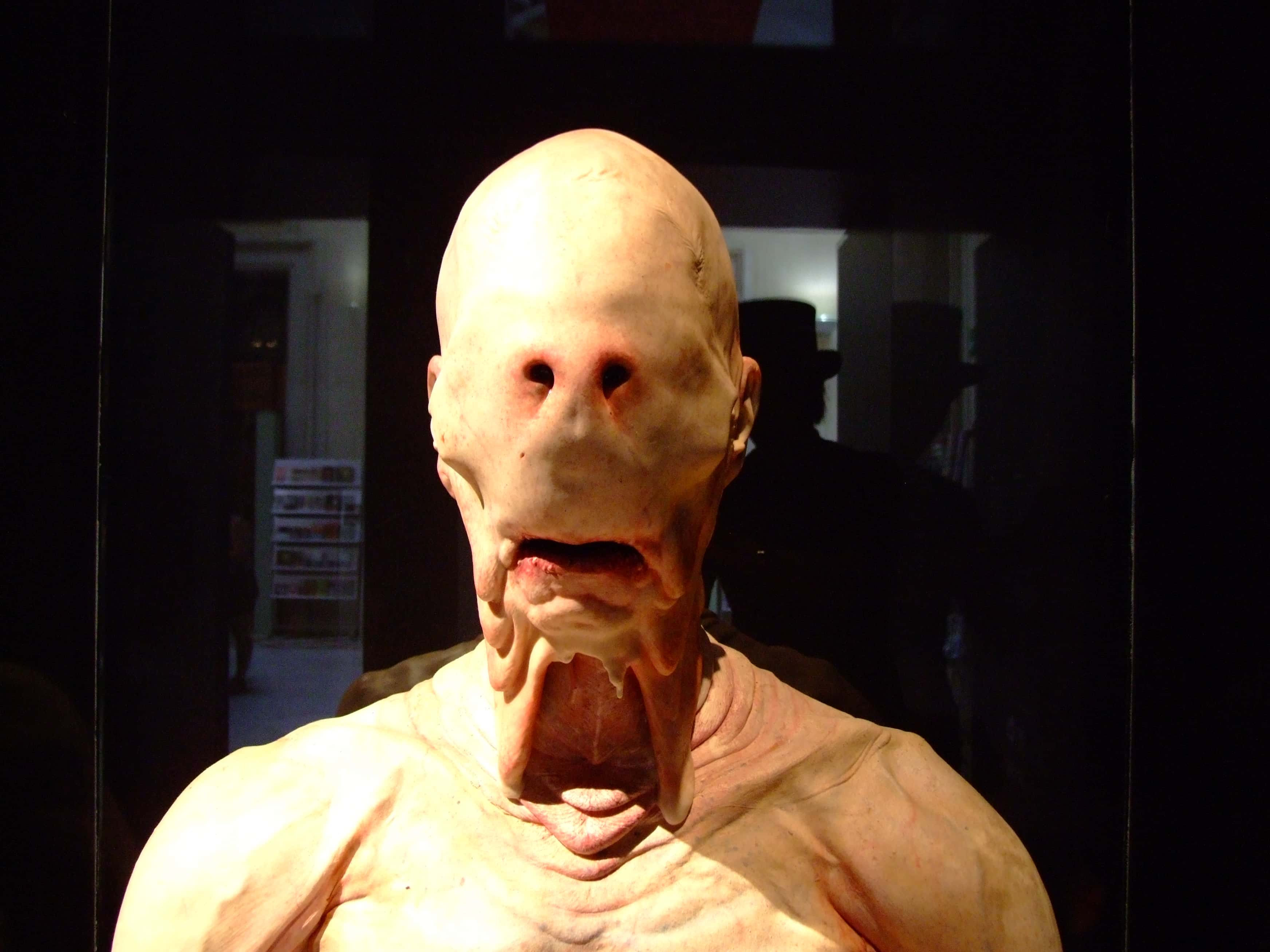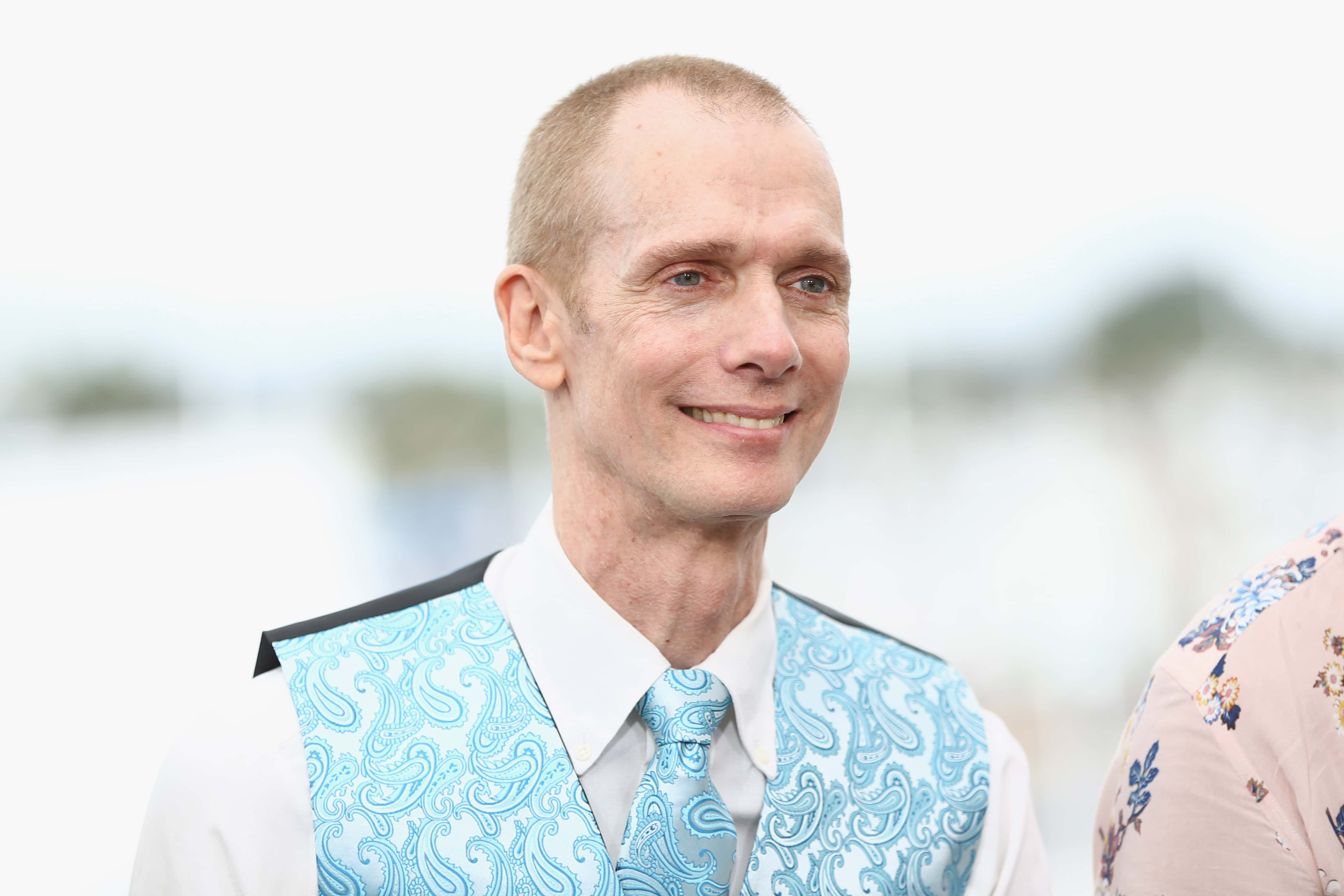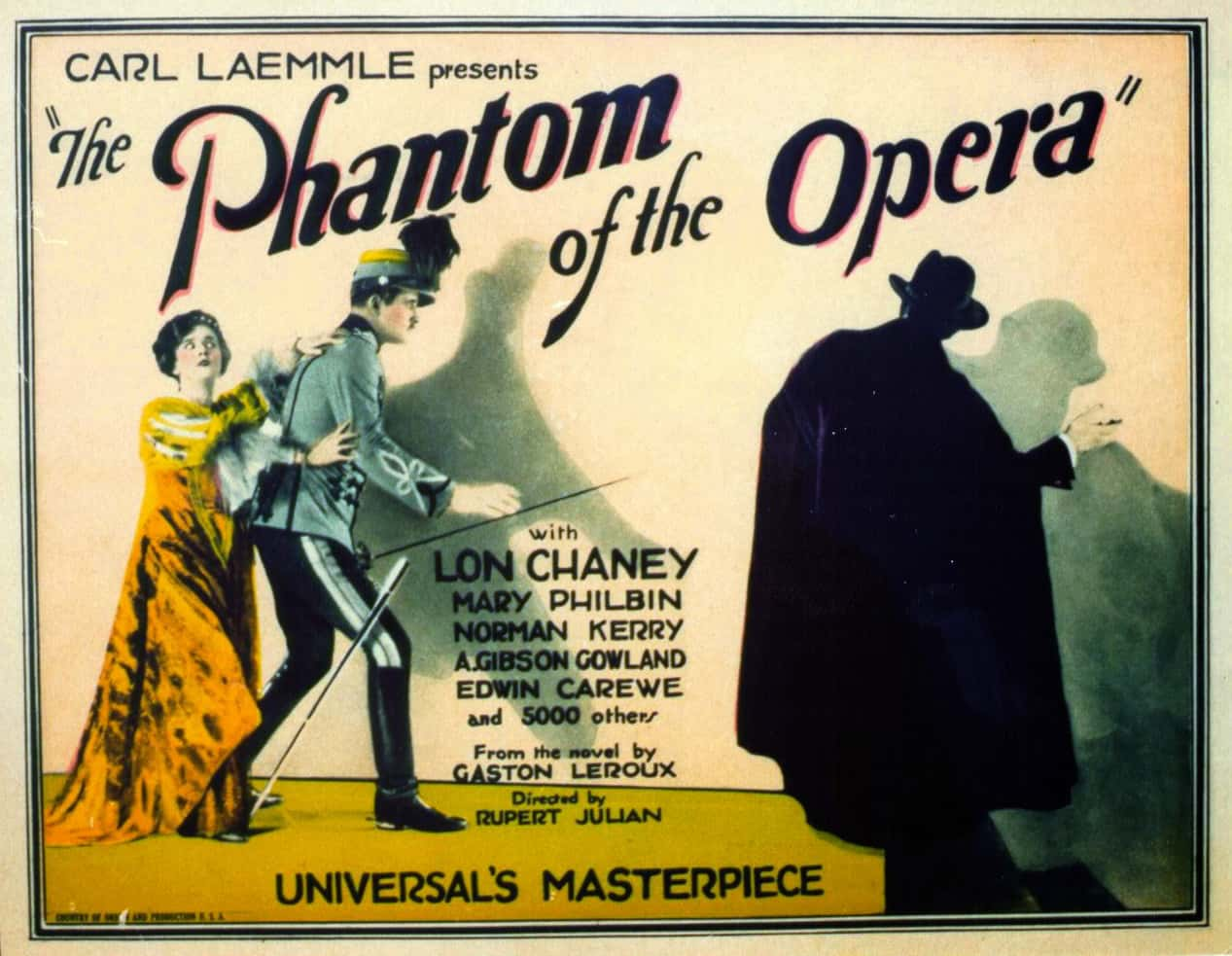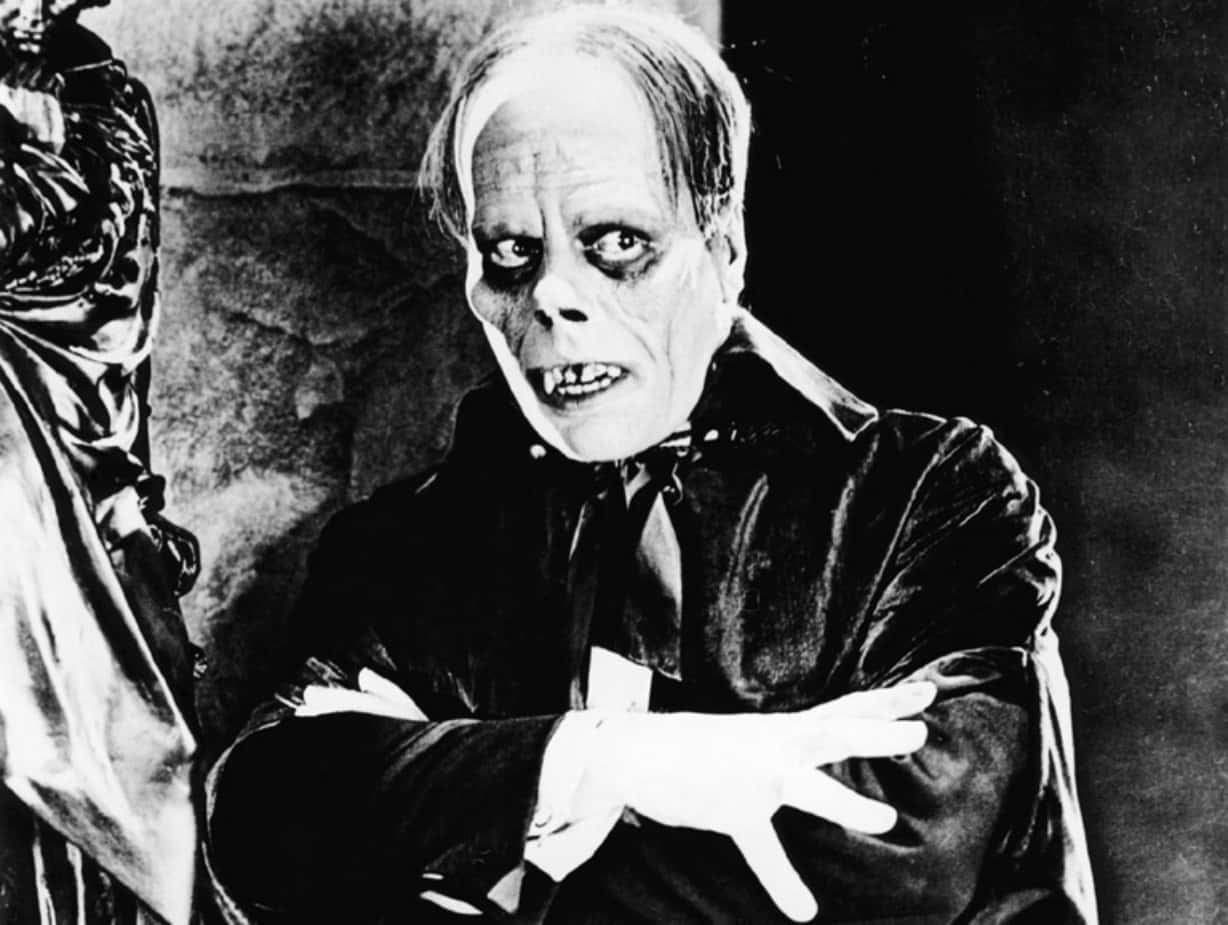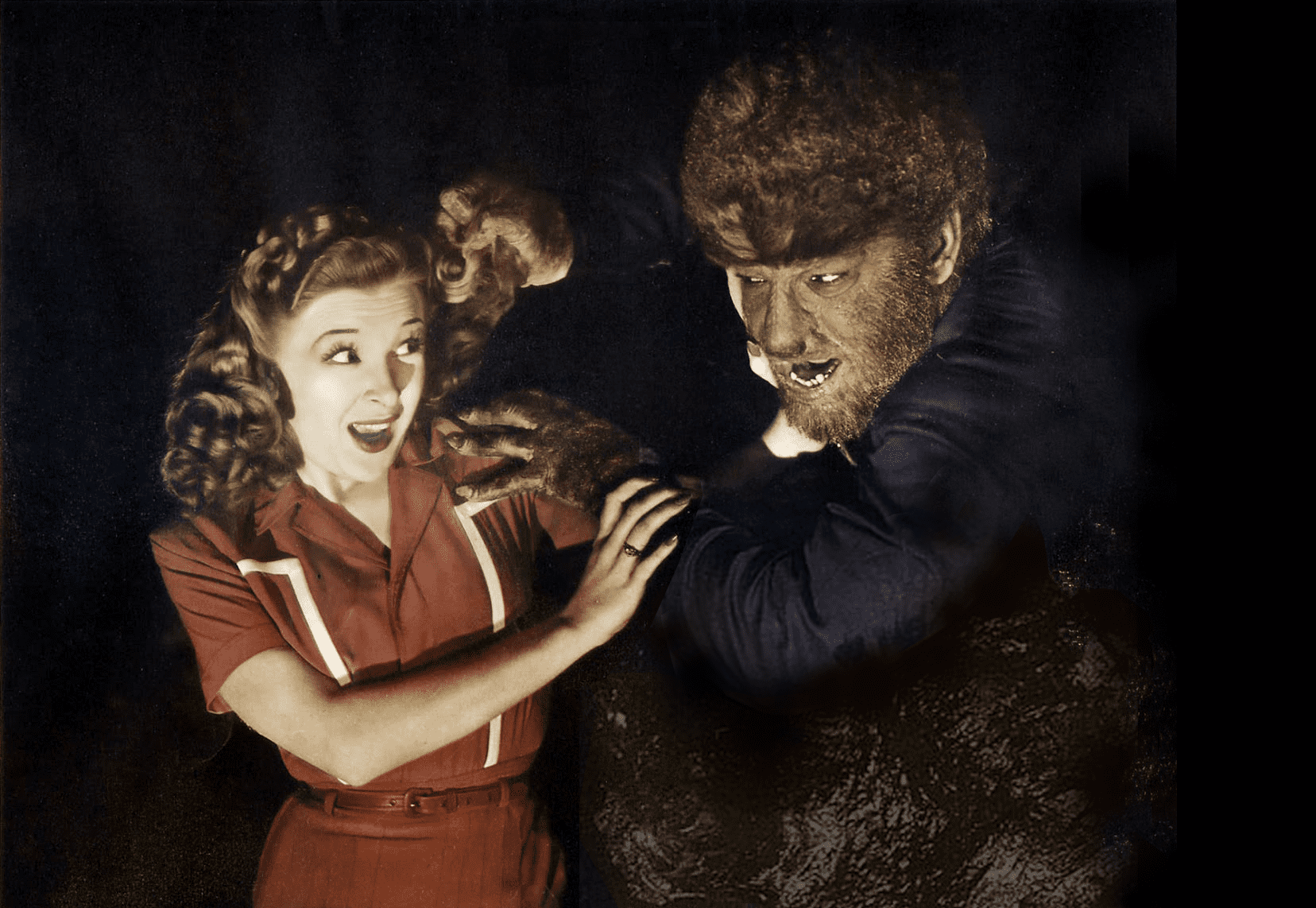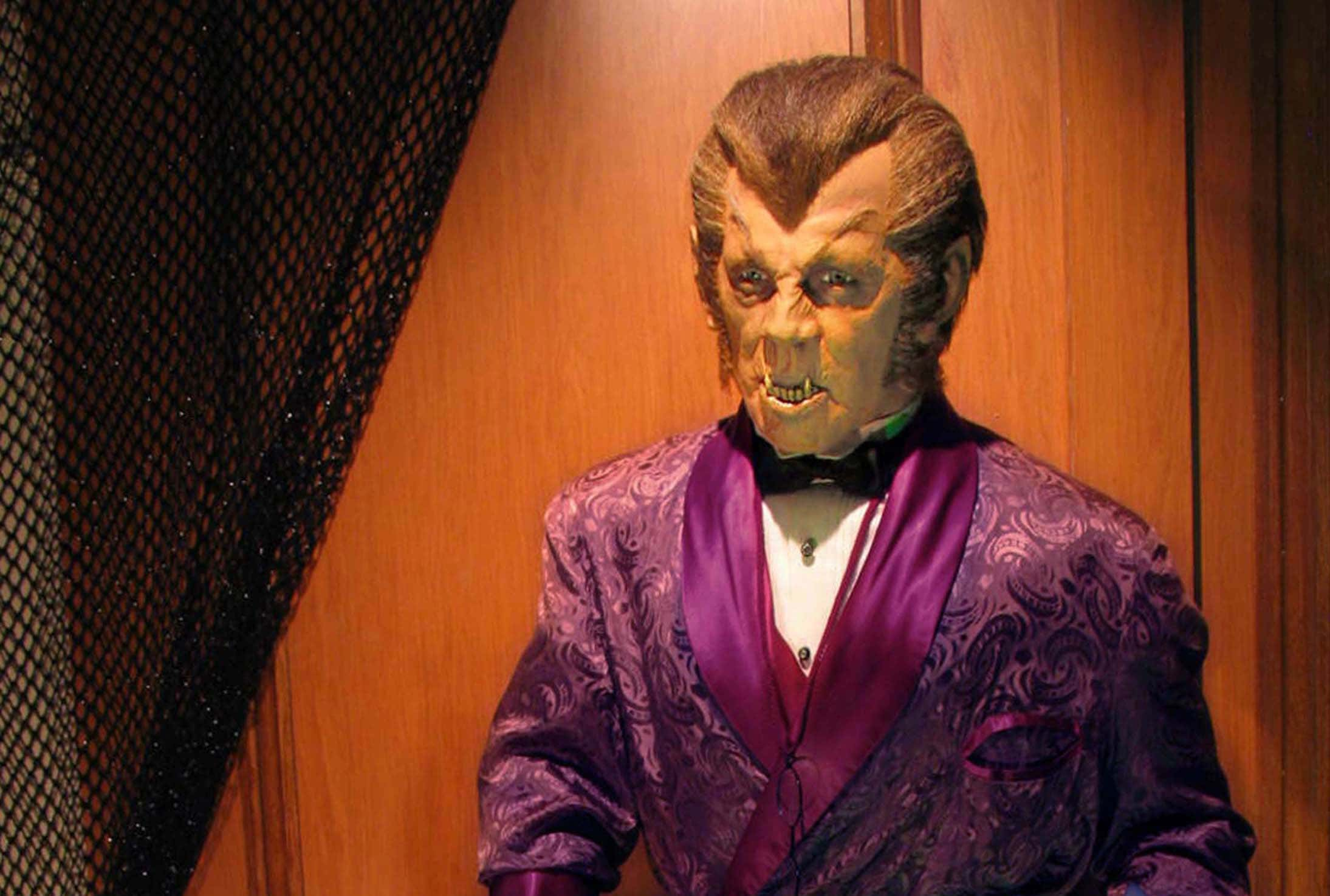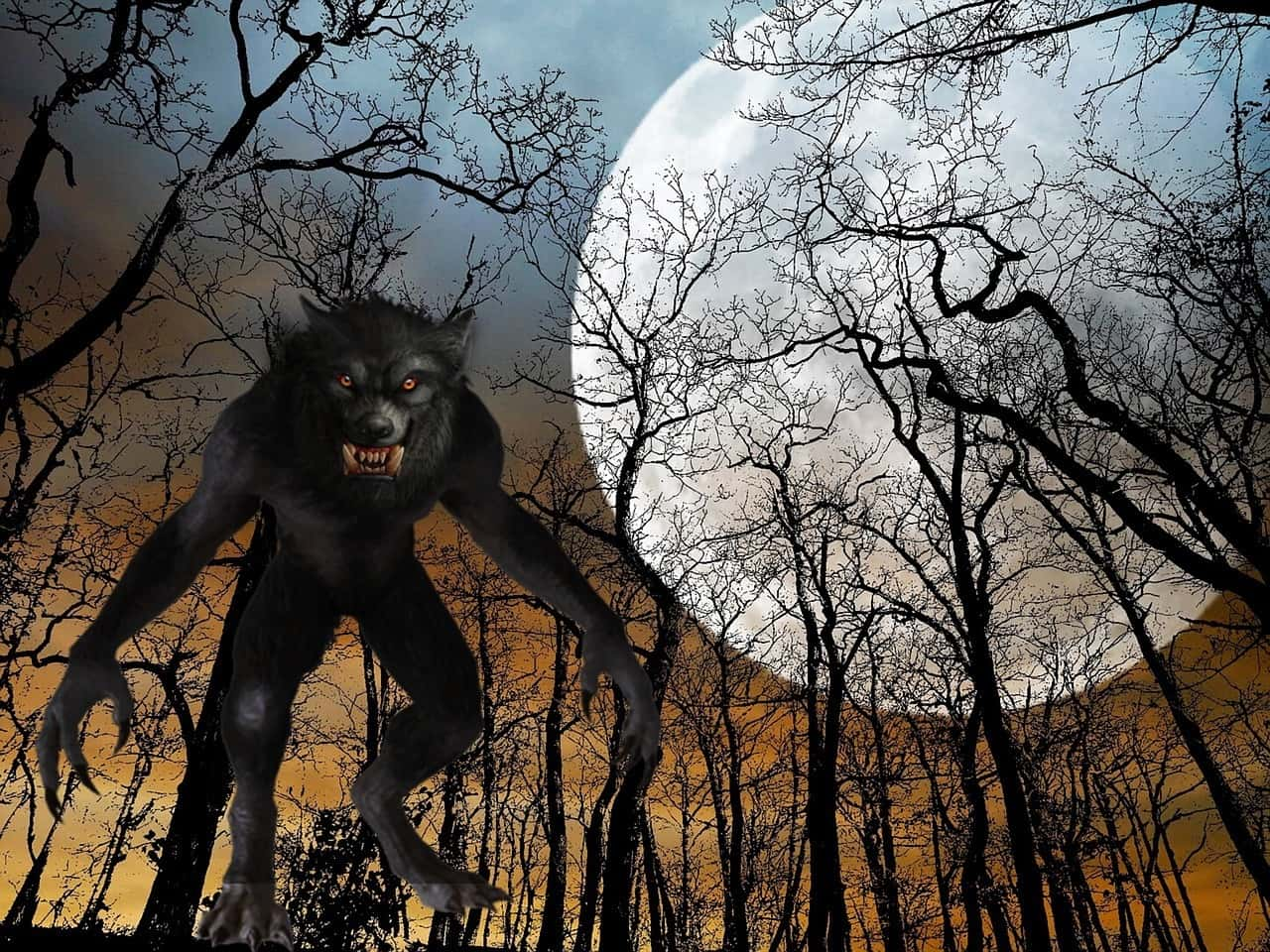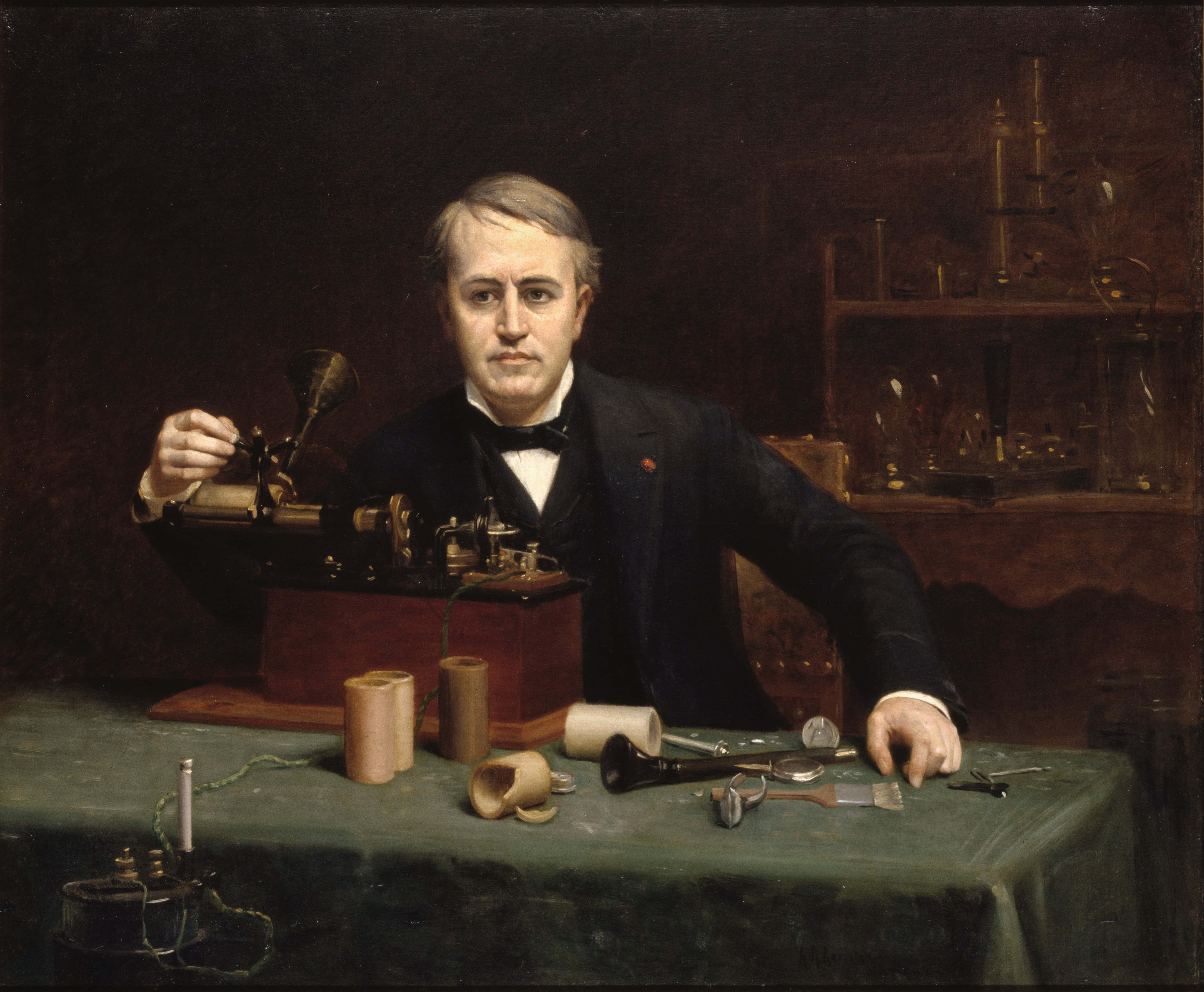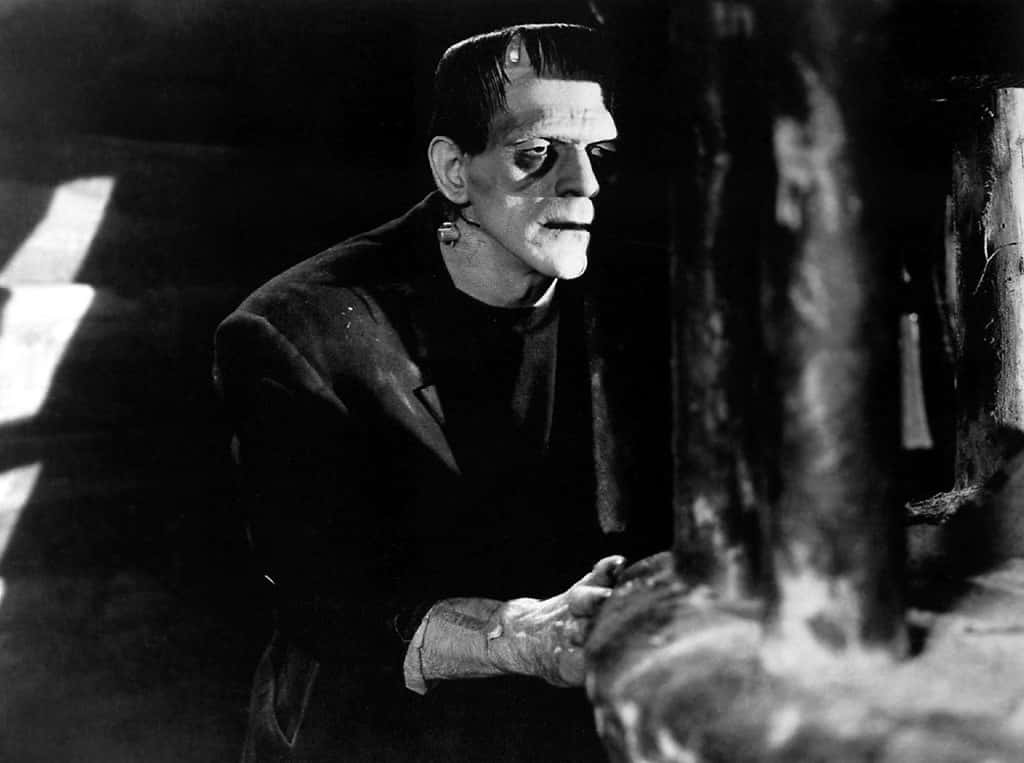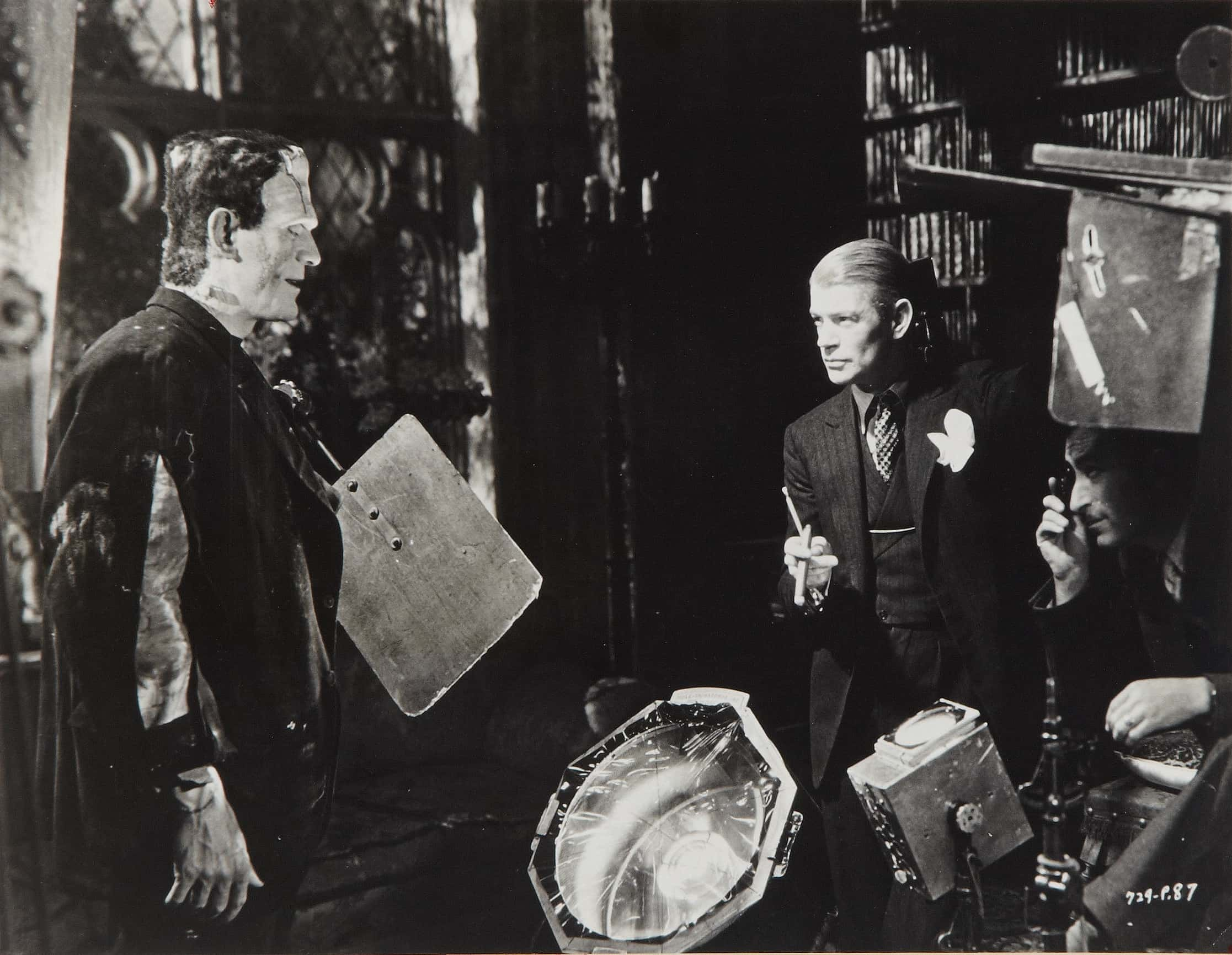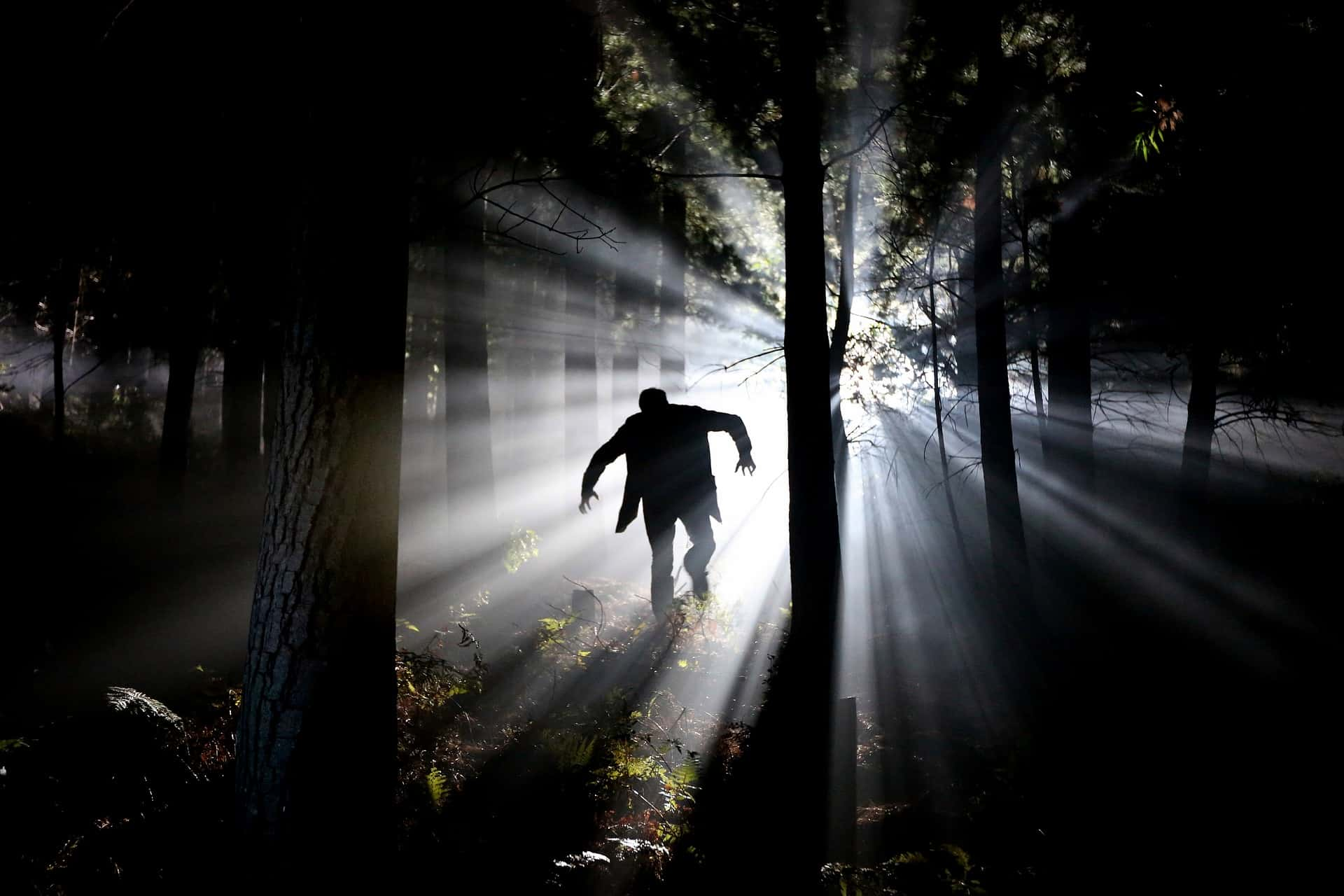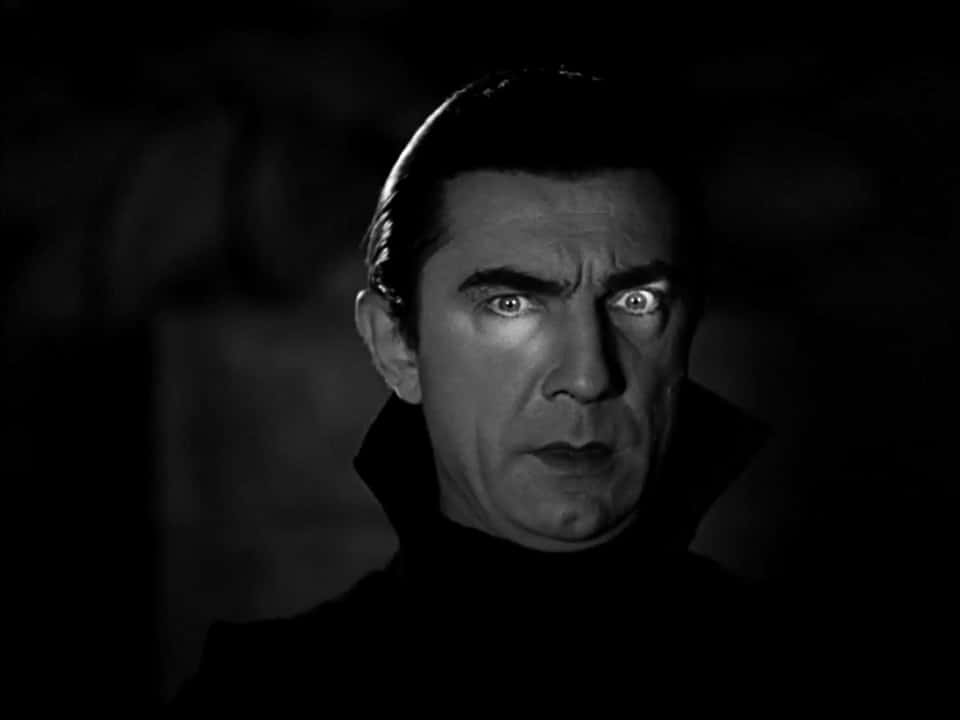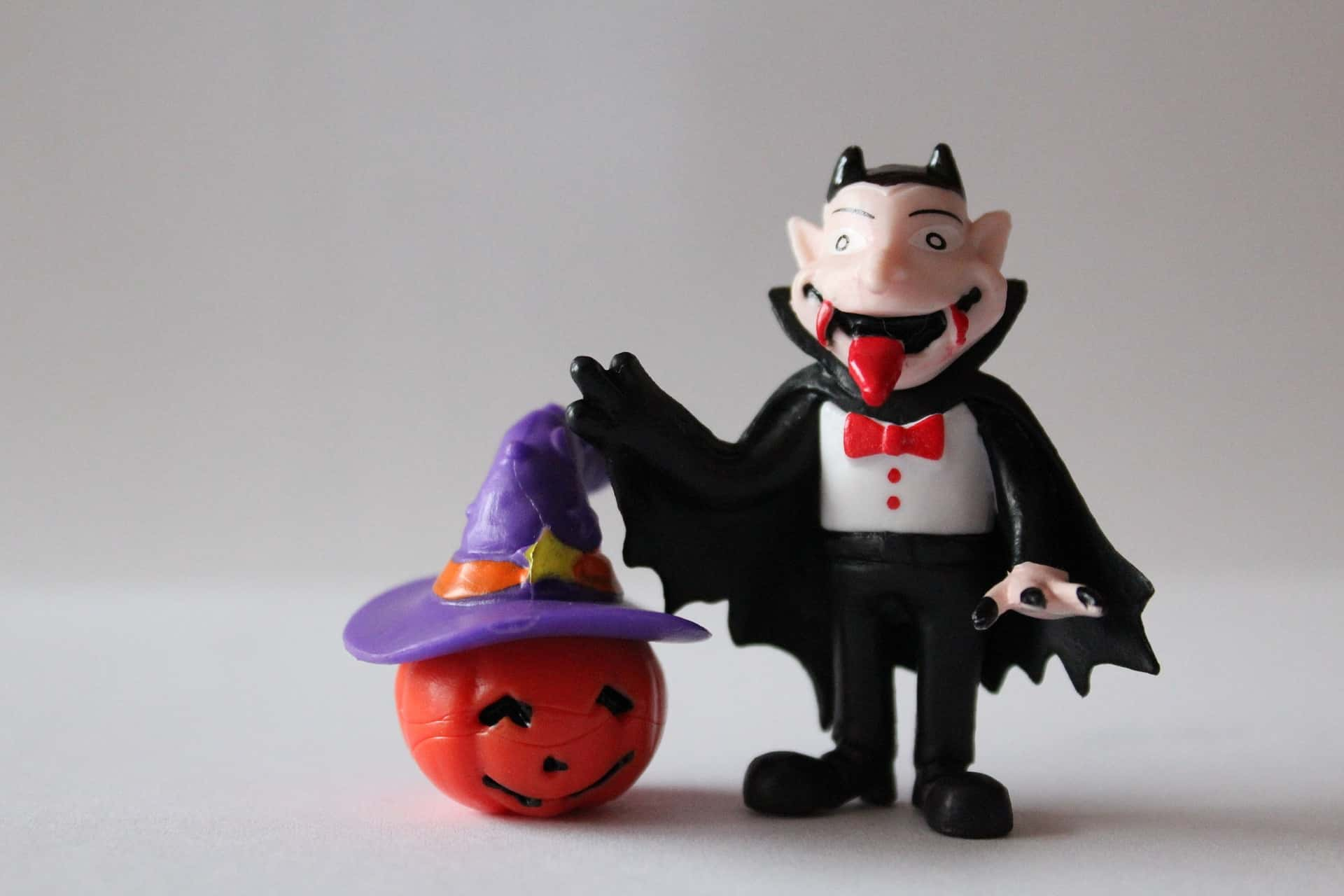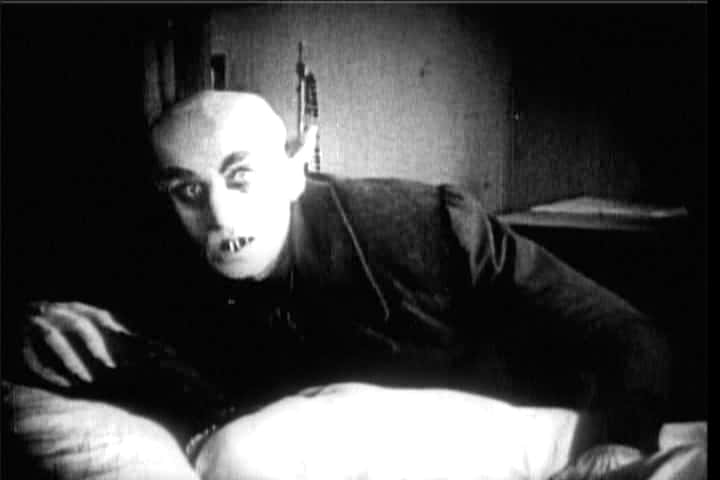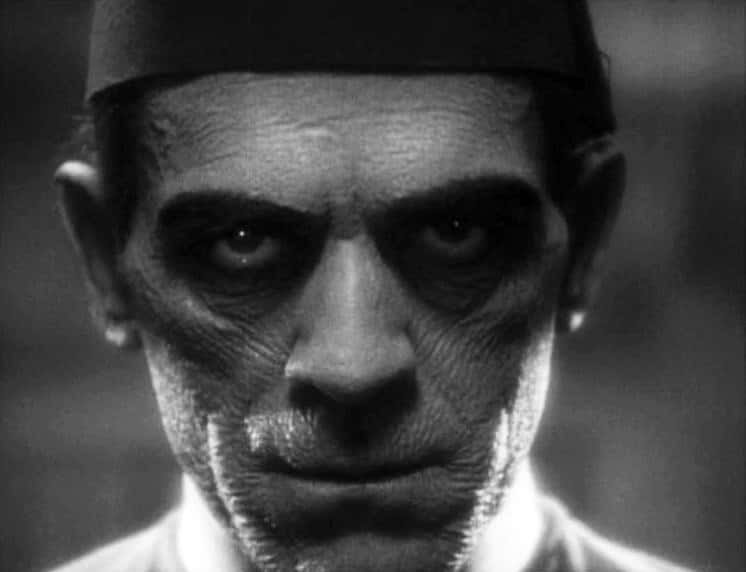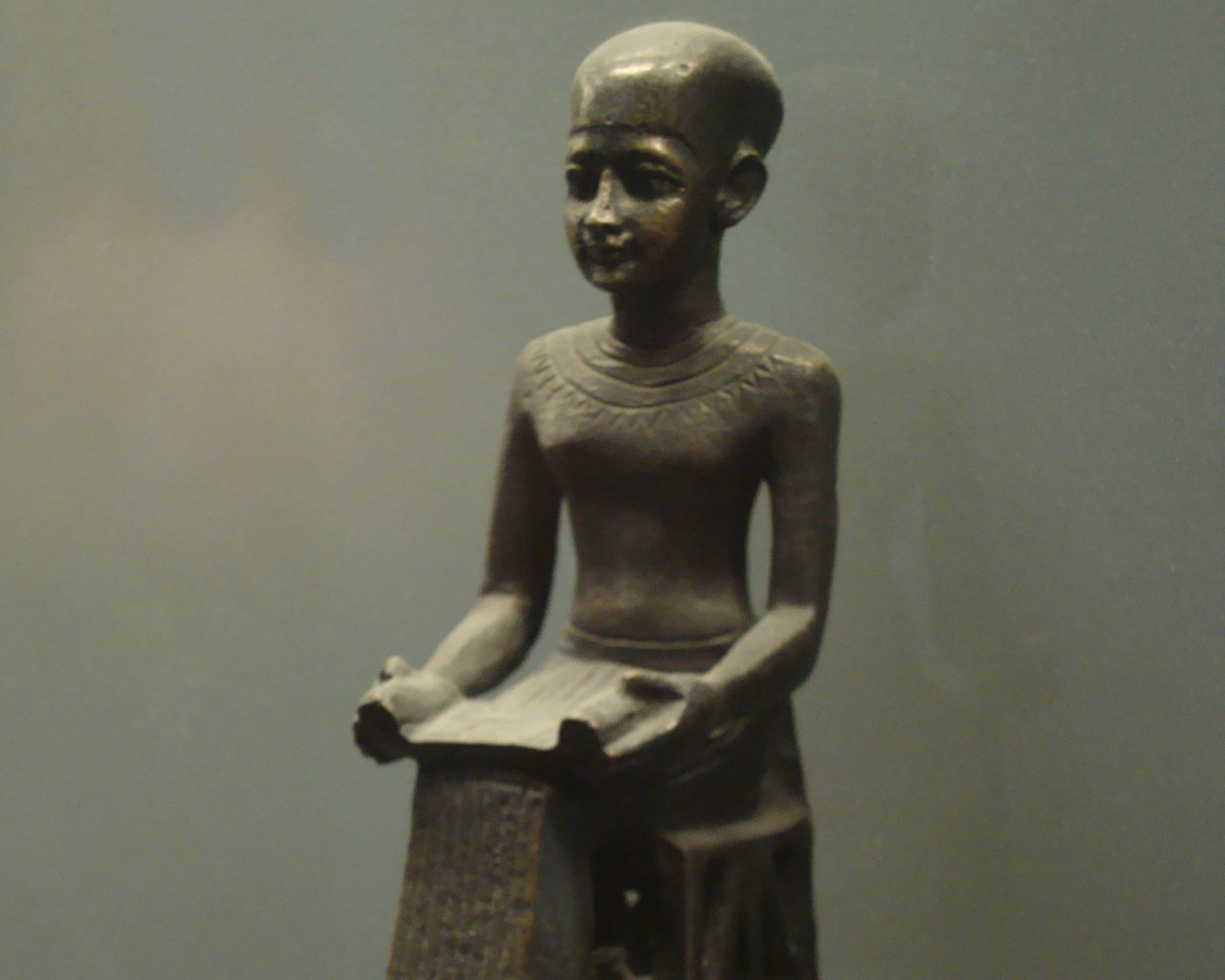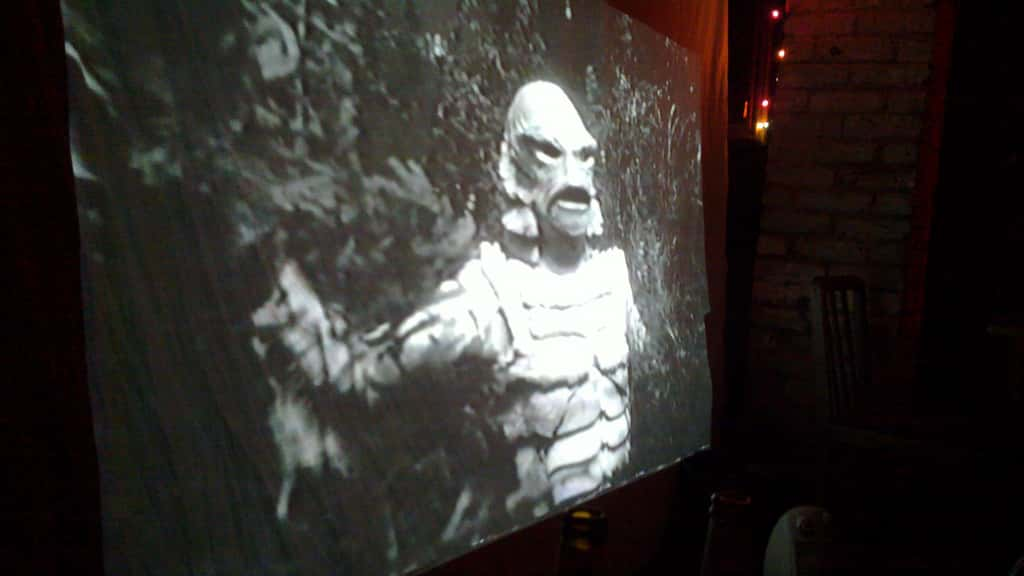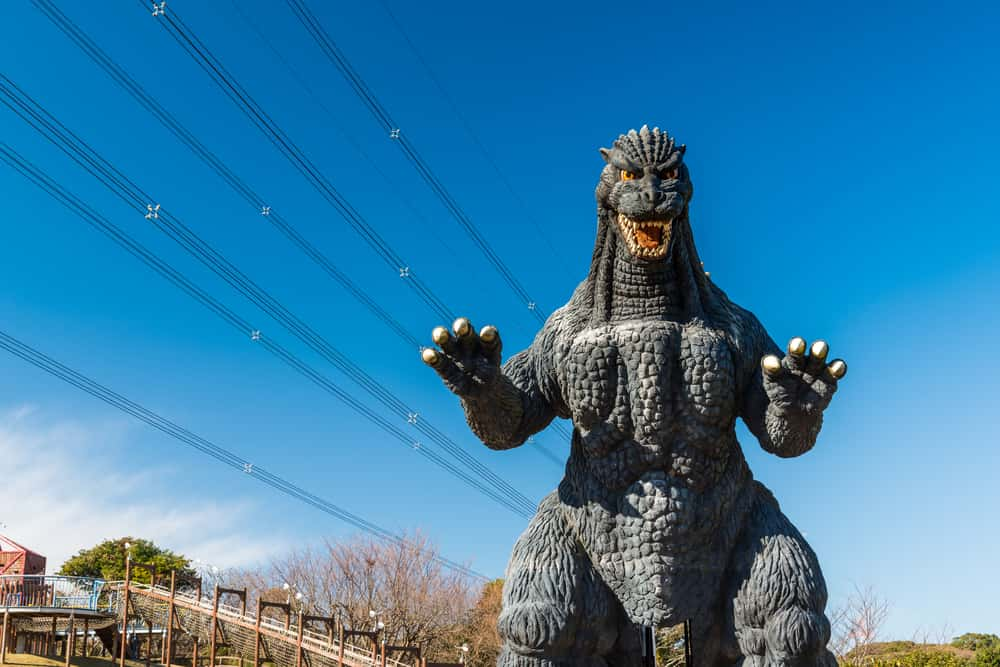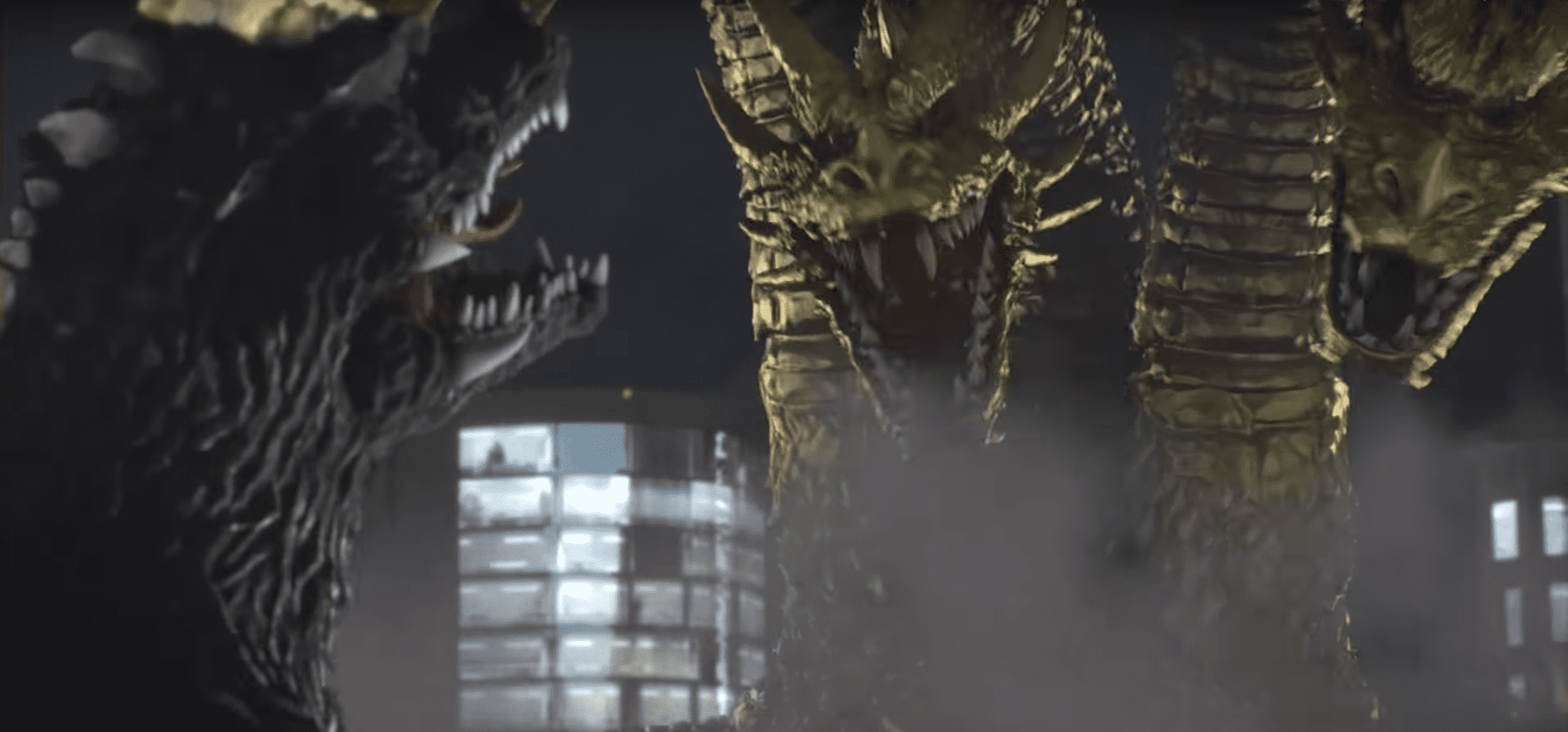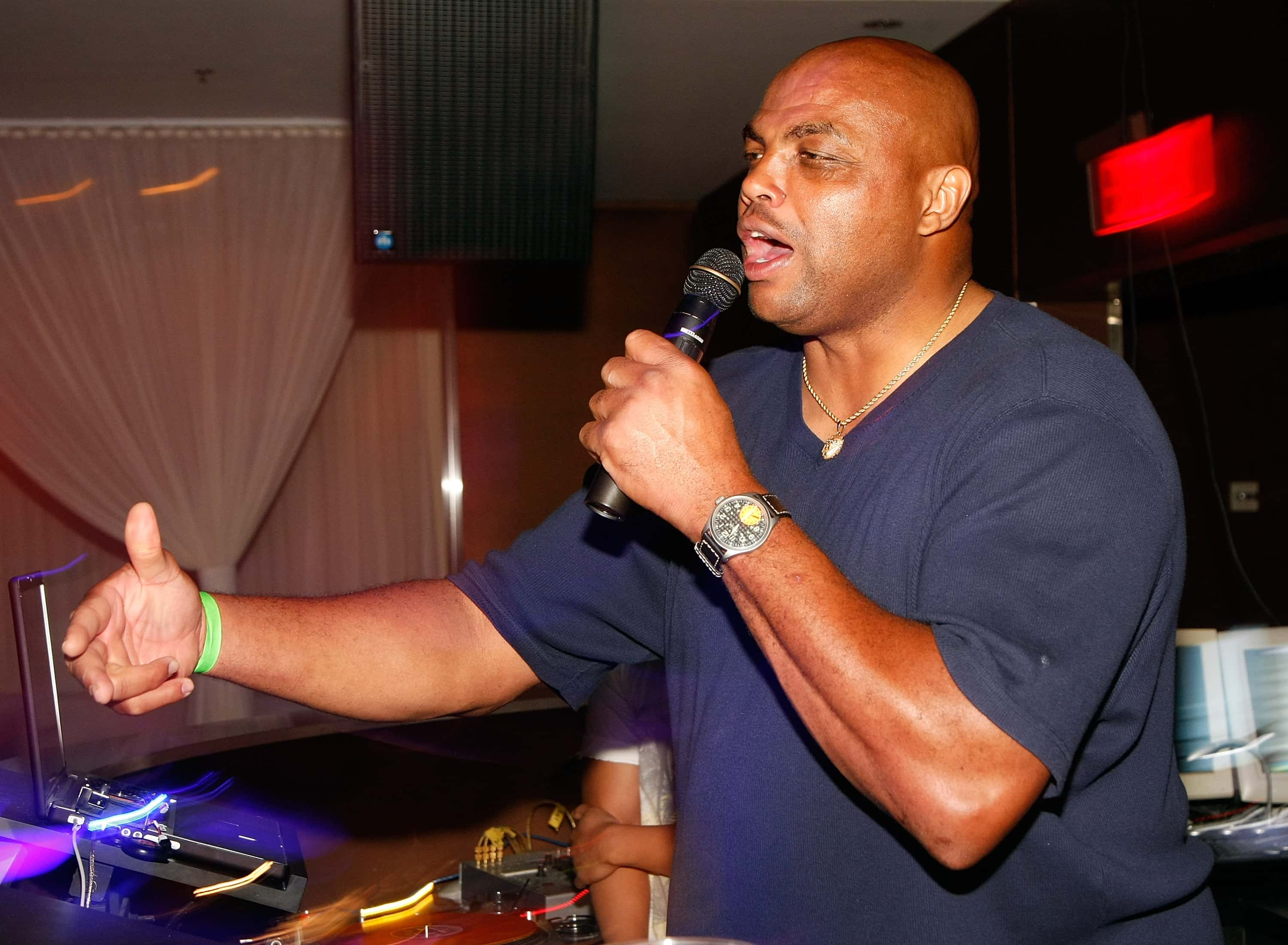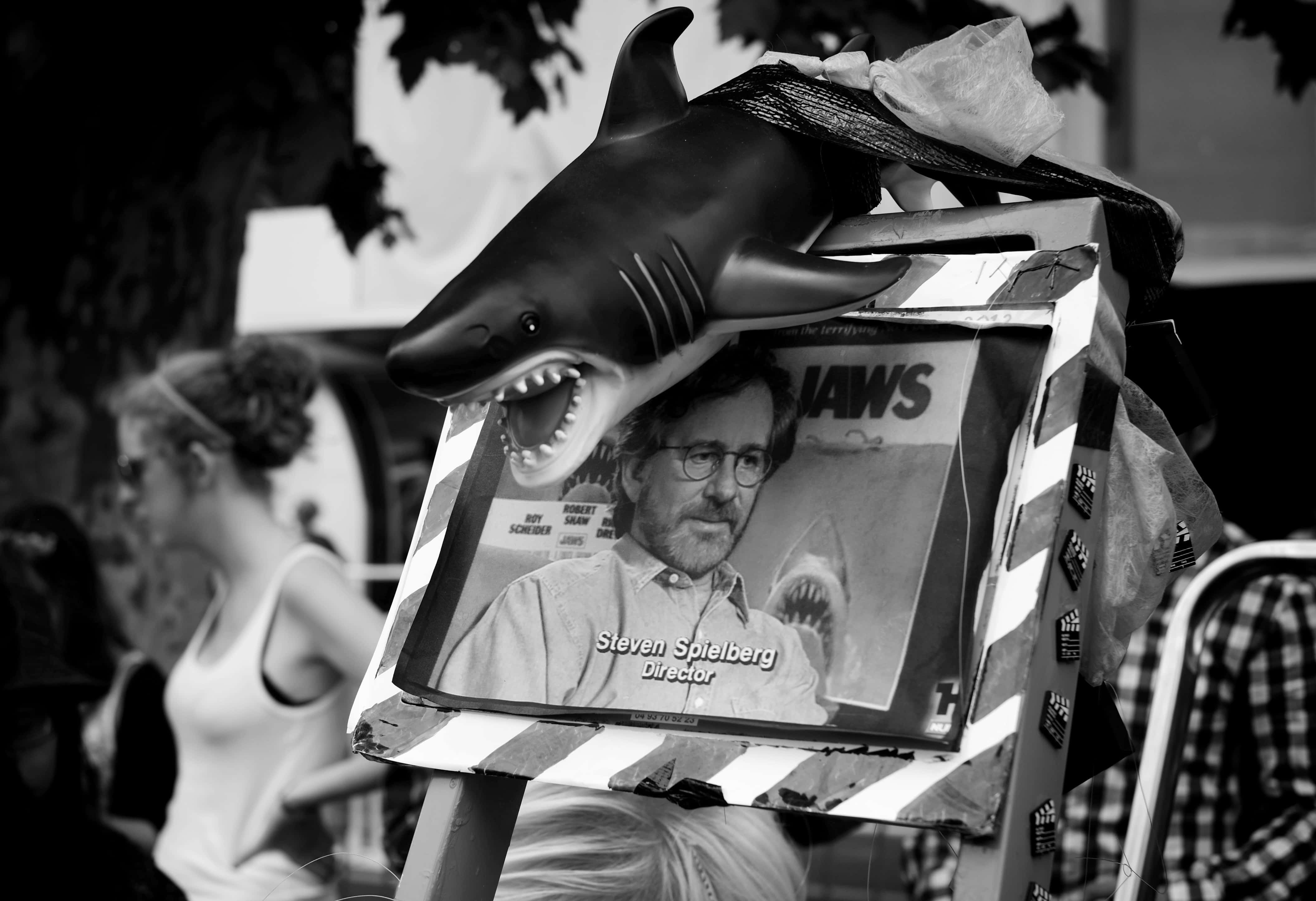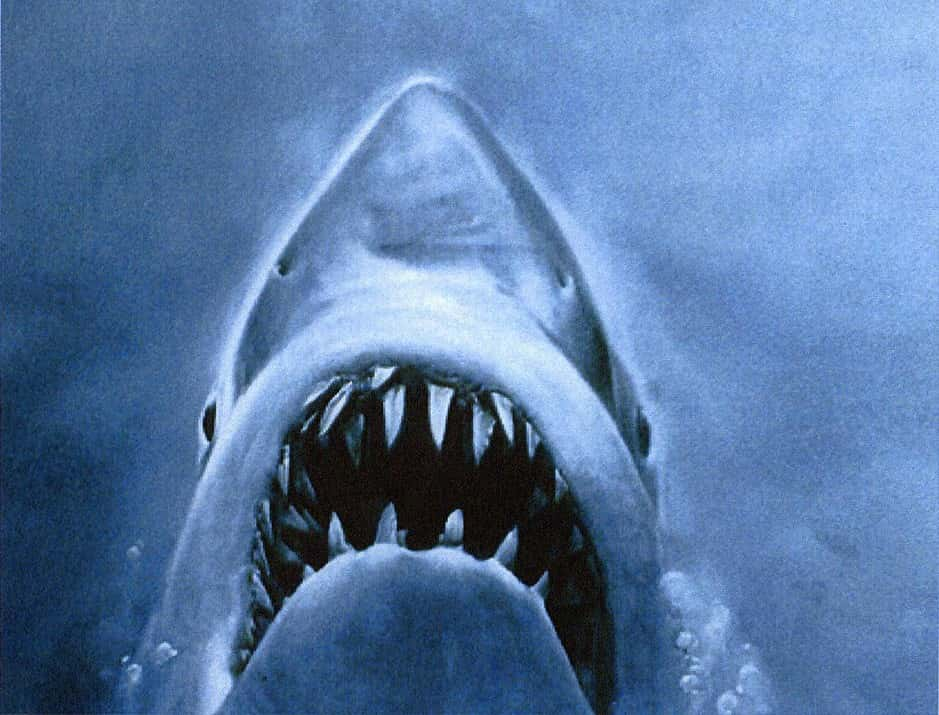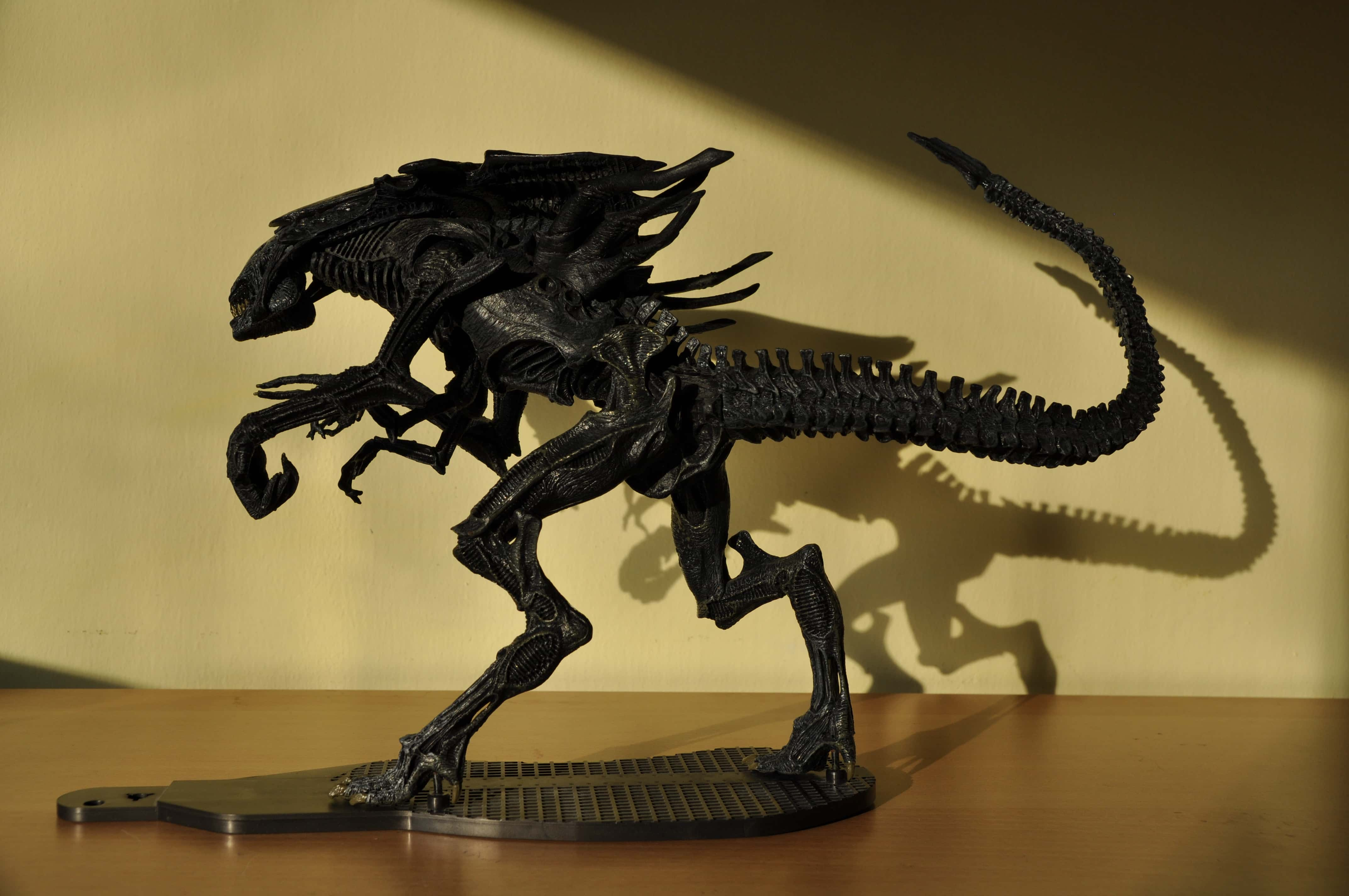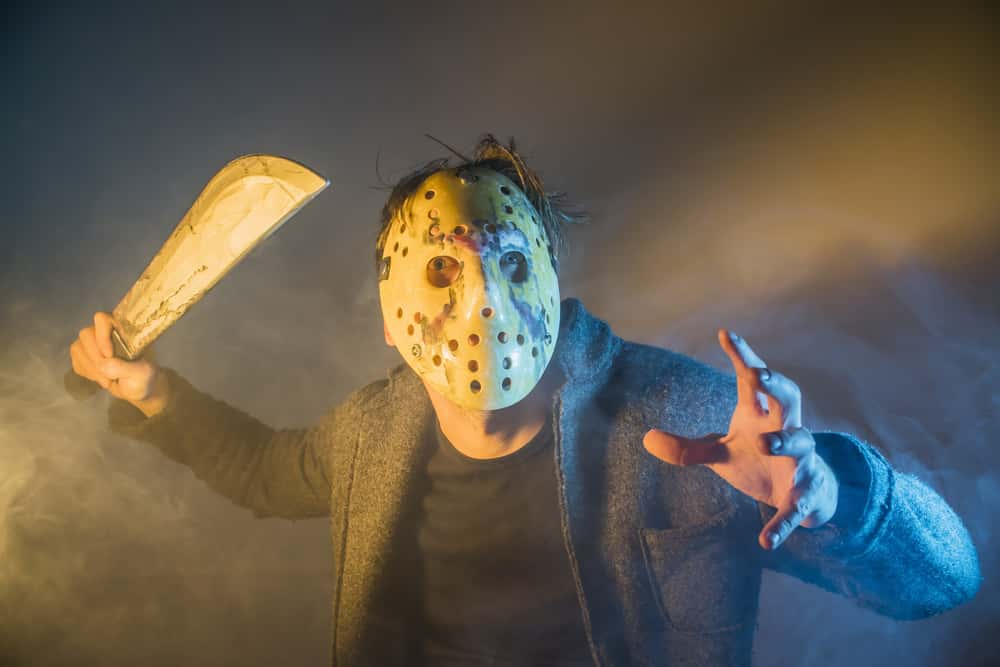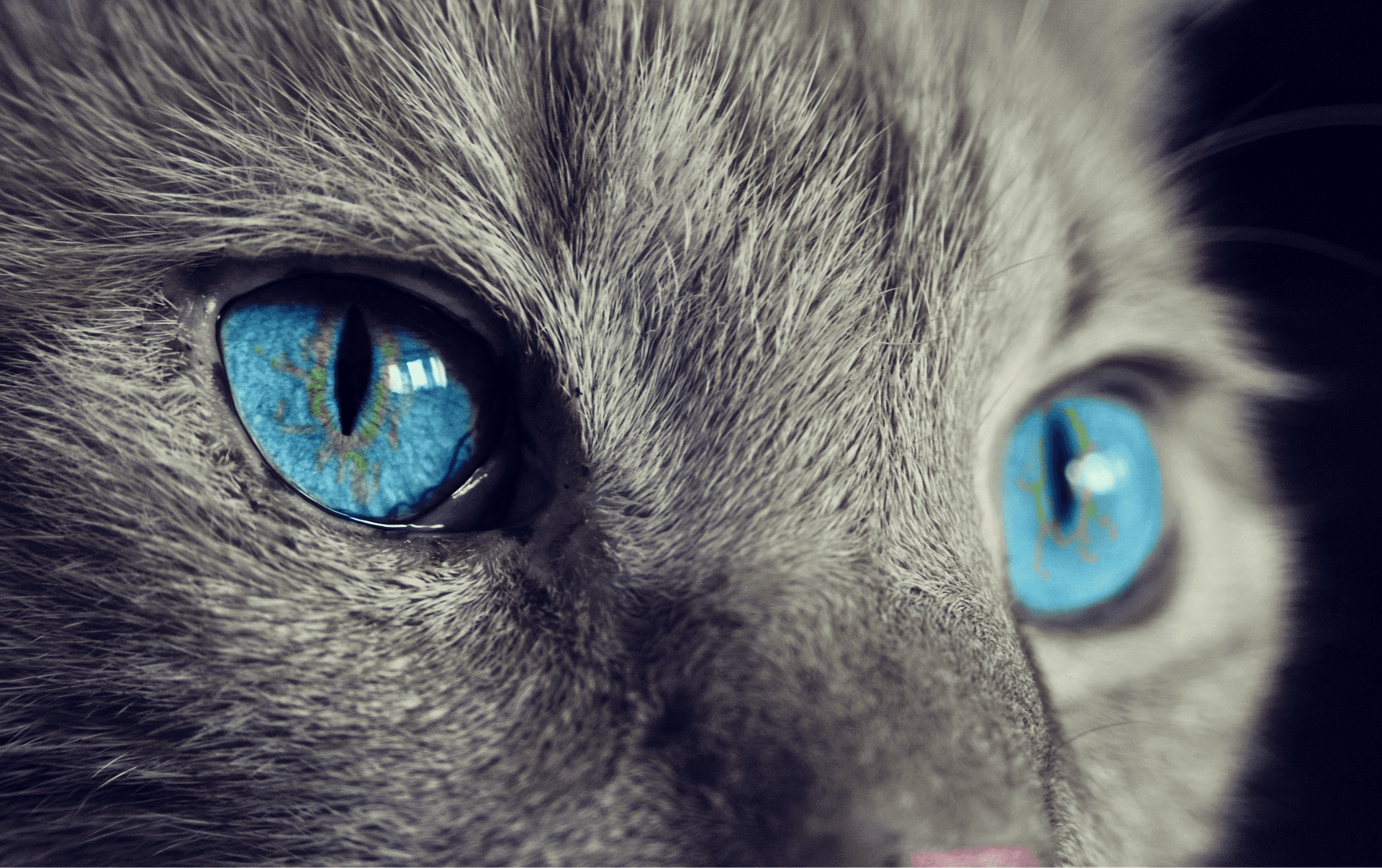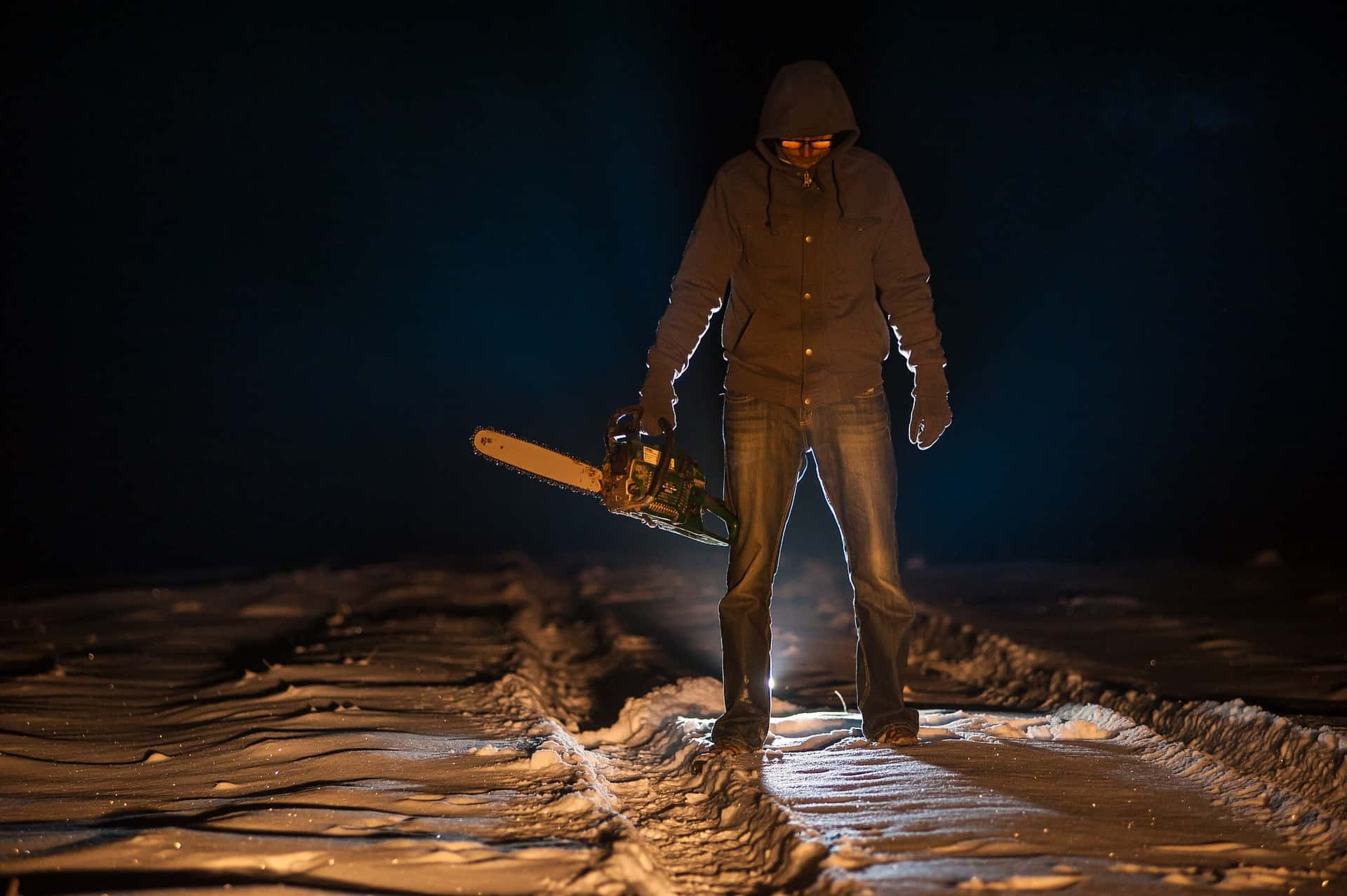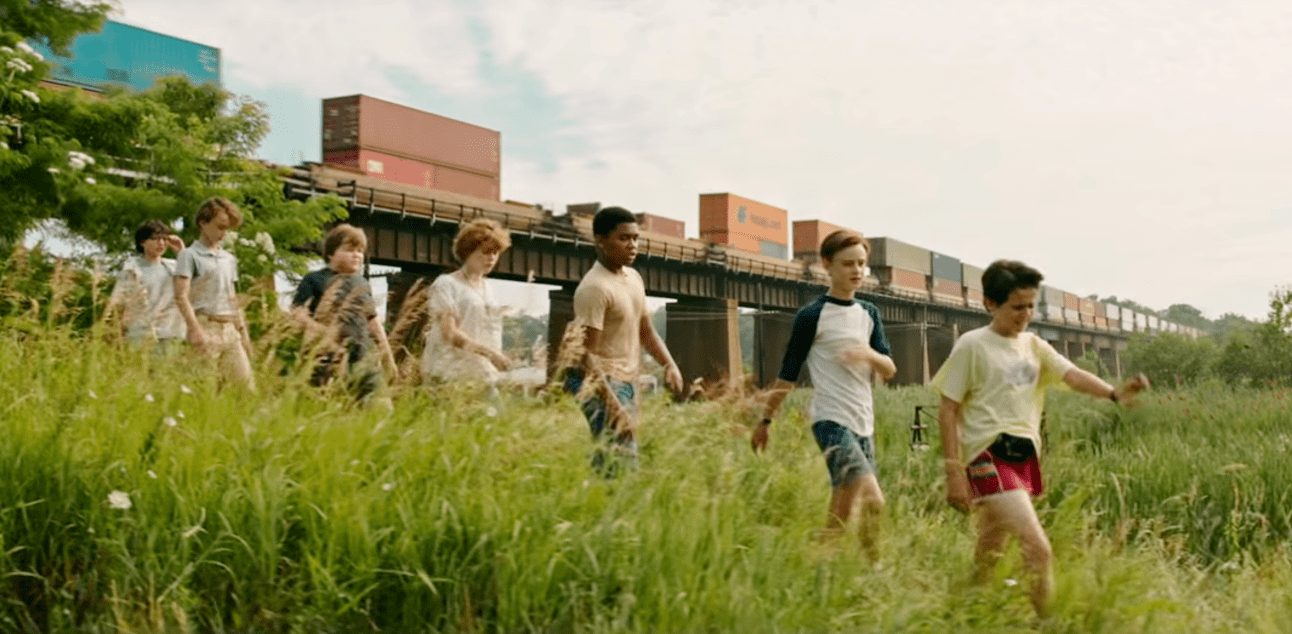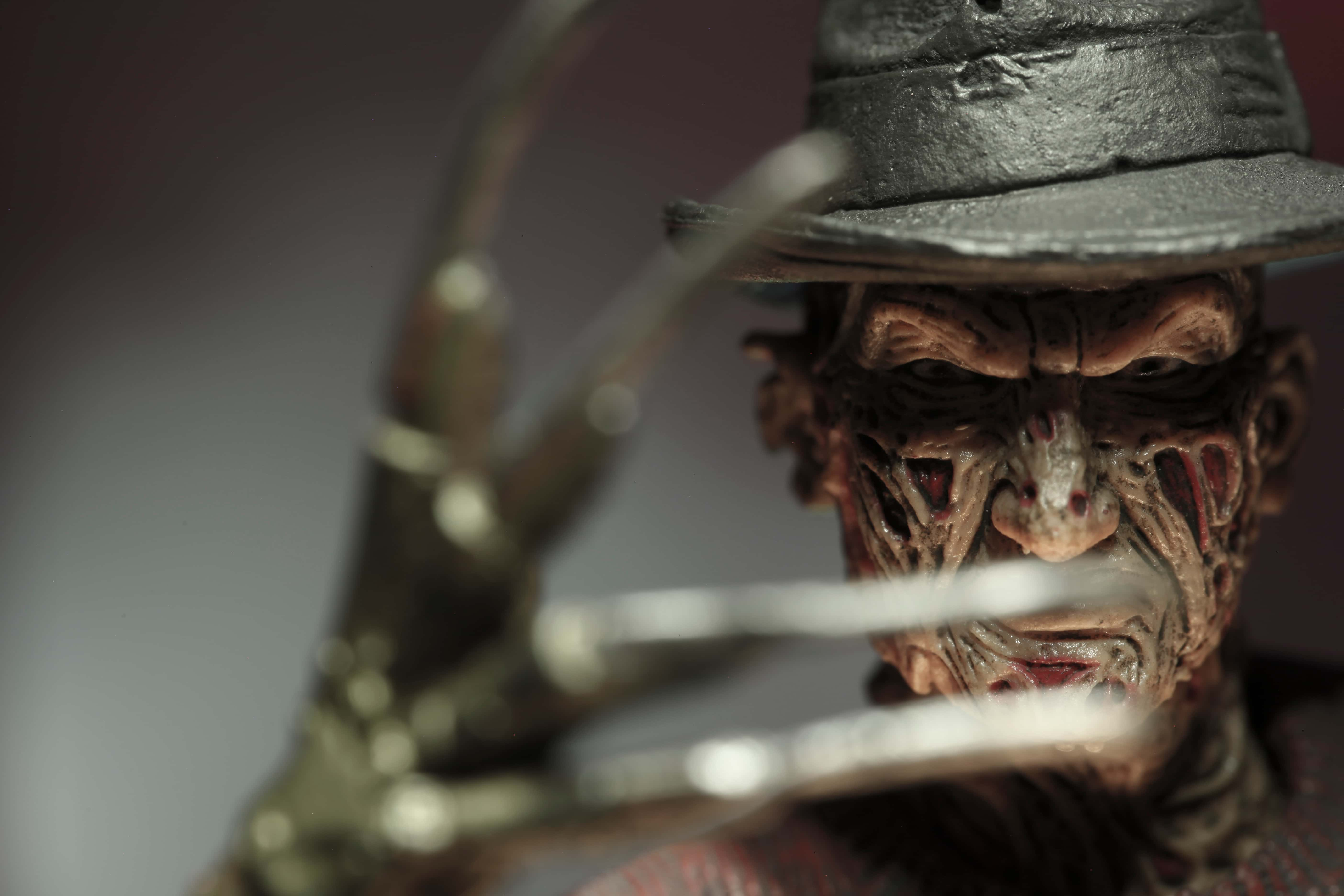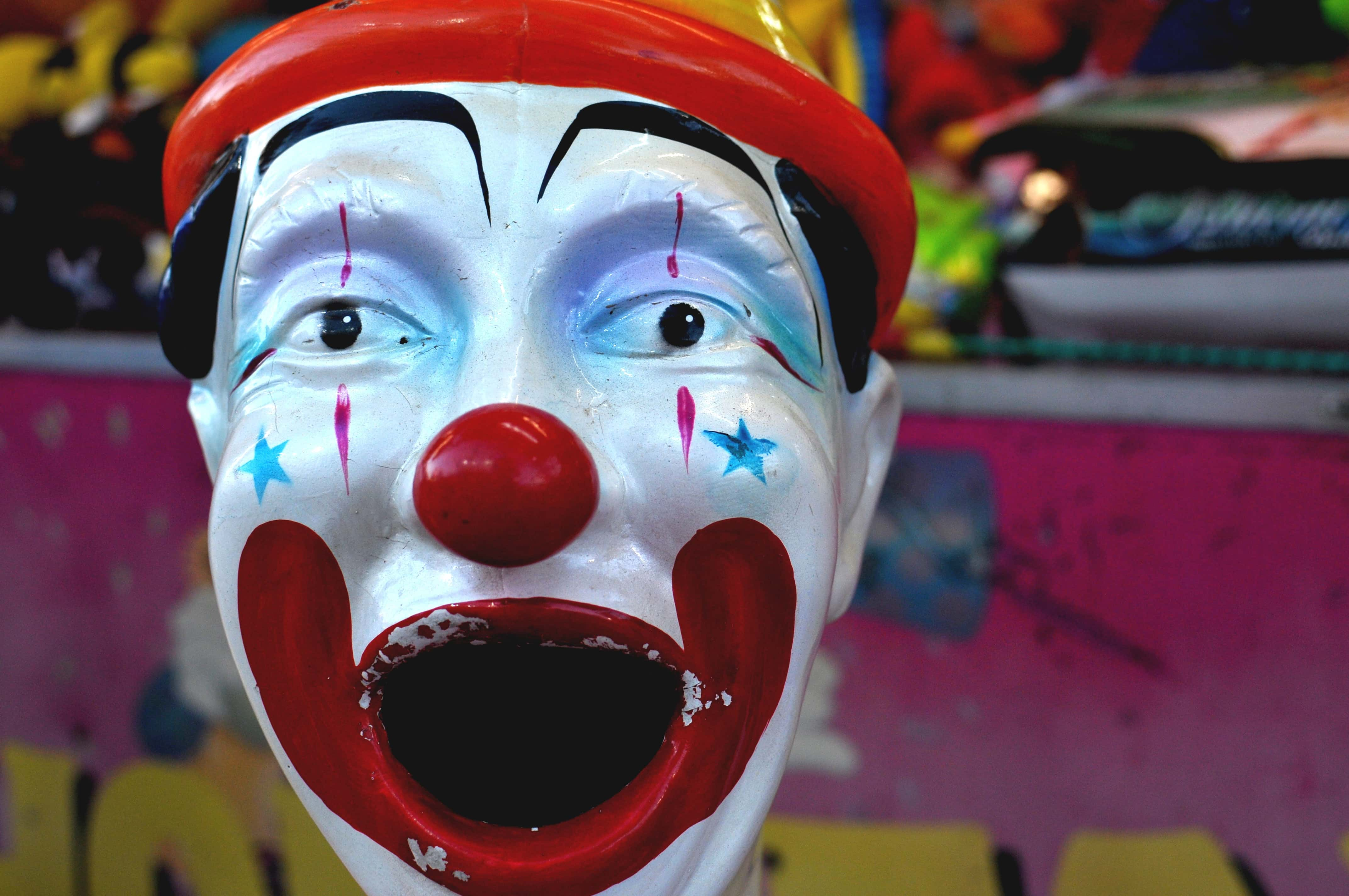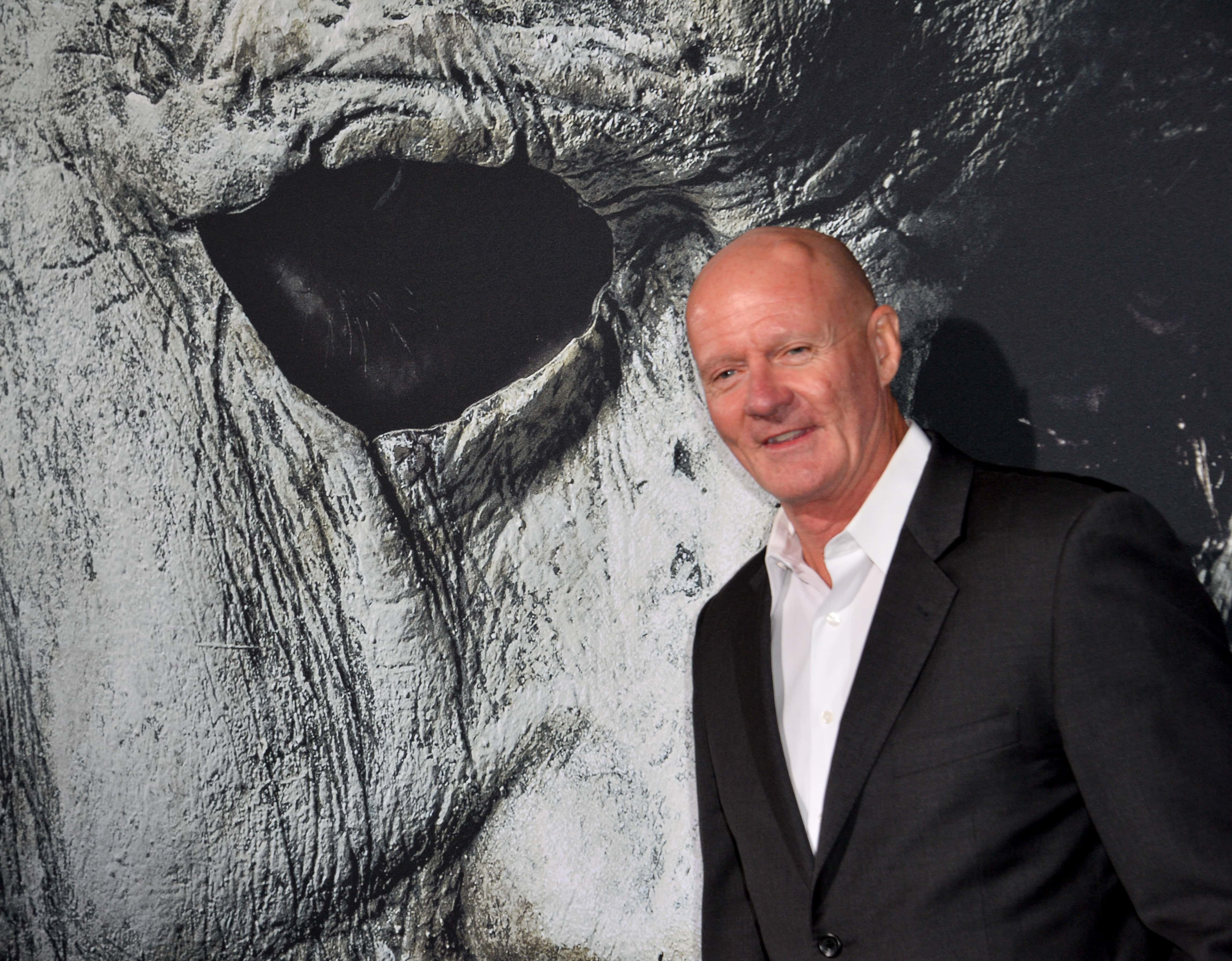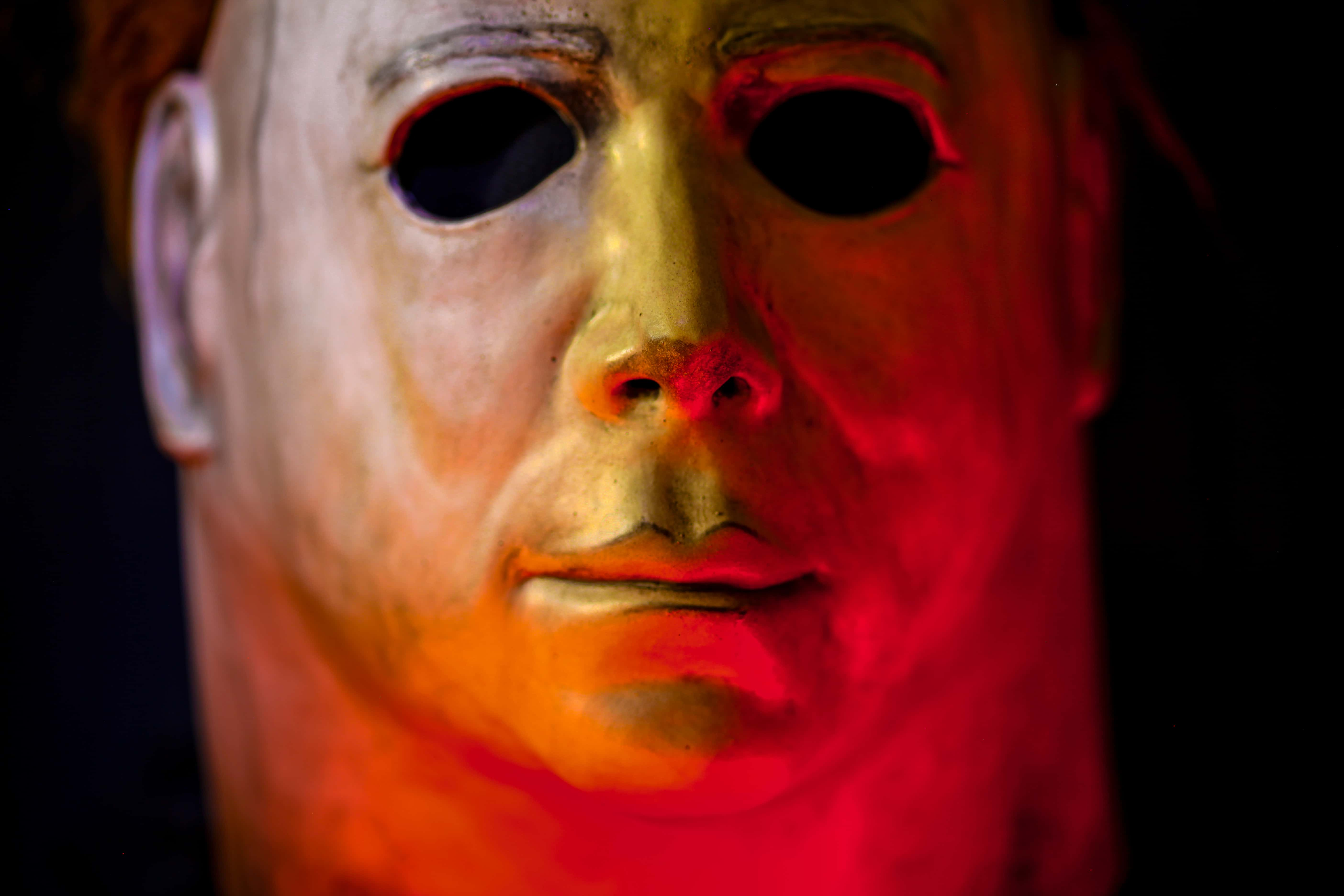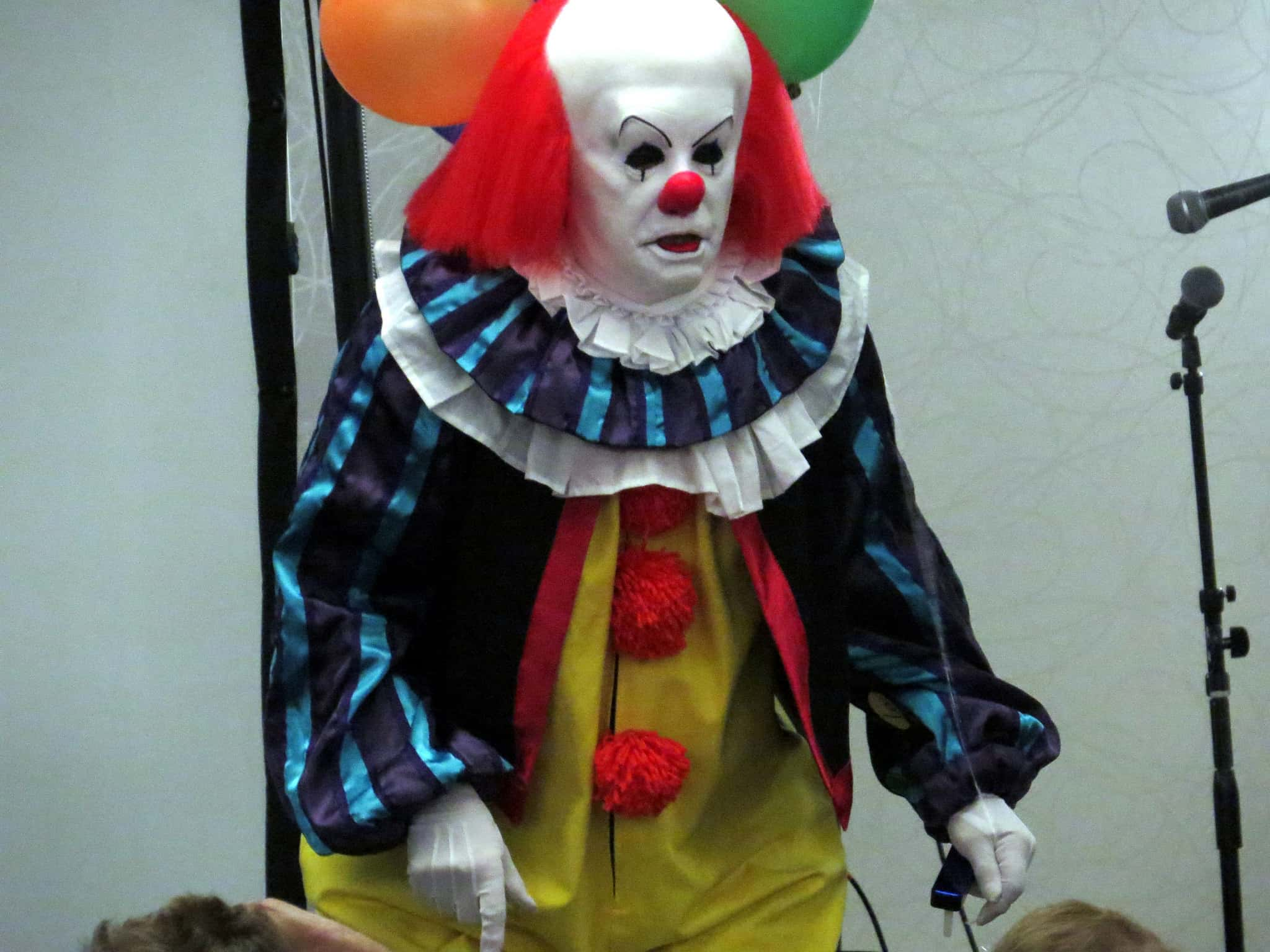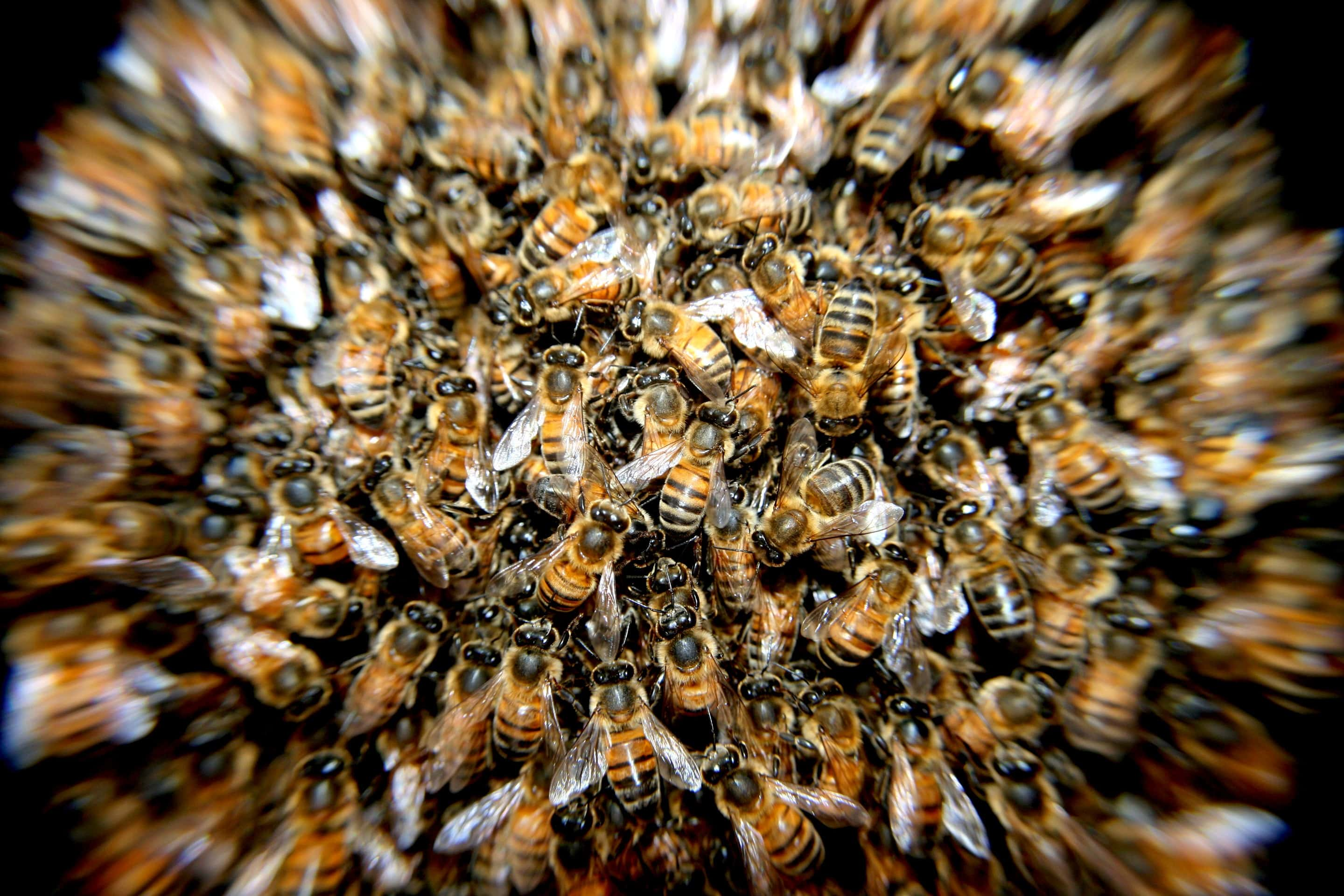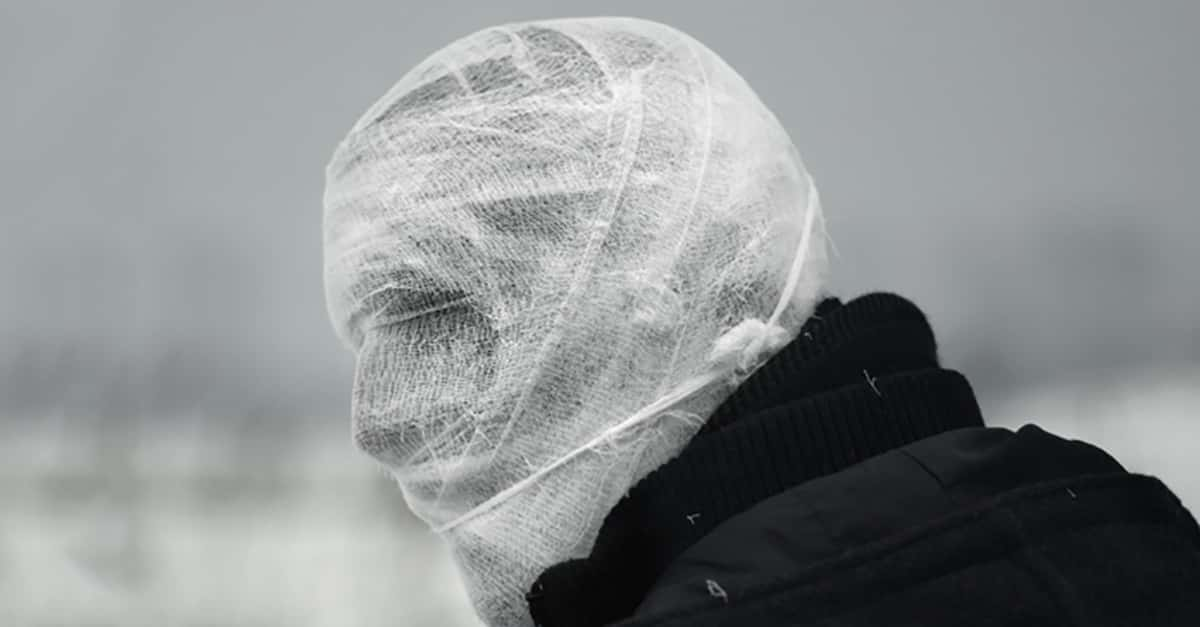Silent slashers. Bewitching blood-suckers. Moaning mummies. The history of horror is crawling with all kinds of mysterious creatures who go bump in the night and boo! in our nightmares. But if they scare us so much, why do we keep coming back to the theatre? Try not to look over your shoulder as you read these 50 heart-pounding facts about horror’s most terrifying monsters.
Horror's Scariest Monsters Facts
50. Turn Back Time
In order to make Samara’s walk even creepier, The Ring filmmakers shot the actor walking backward, and then reversed the shot.
49. Bleeding Hearts
The Texas Chainsaw Massacre's Leatherface may be a deranged, cannibalistic murderer, but writer and director Tobe Hooper has come to Leatherface’s defense. Leatherface, he insists, only kills out of fear. Later films in the franchise have expanded on this idea, and after all, maybe Hobe has a point: have you tried asking him nicely not to murder you with a chainsaw? Have you? Think about that.
48. Aye-aye, Captain
Michael Myers’ mask was actually a William Shatner mask, painted white. Production designers didn’t realize the mask was supposed to be William Shatner until it was time to order more masks for the sequel. Shatner later repaid the favor by dressing up as Michael Myers for Halloween.
47. Beware The Legal Squad
Some of history’s most famous movie monsters teamed up to take over the world in 1987’s The Monster Squad. With a werewolf, a mummy, Dracula, and Frankenstein’s monster in the mix, the group looked suspiciously like the line-up of the 1930s and '40s Universal horror movies. To avoid confusion (i.e. lawsuits), filmmaker Fred Dekker made some subtle changes to his monsters, like removing Dracula’s widow’s peak, and moving Frankenstein’s neck bolts up to his forehead. See? Totally different!
46. A Particular Set of Skills
The role of Dracula in The Monster Squad almost went to a young Liam Neeson.
45. Beyond the Pale
One of the scariest monsters from modern day cinema was the Pale Man in Pan’s Labyrinth. Nose-less, blind (mostly…), and draped in loose, white skin, the fairy-eating monster dwells underground, guarding a feast which no visitor must eat from—or else. The Pale Man scene takes less than five minutes and has little bearing on the plot of the film itself, but it remains one of the most memorable and frightening scenes of the whole movie. Del Toro has said that the Pale Man represents "institutional evil feeding on the helpless."
44. Master of Monsters
The Pale Man was played by a true modern day Lon Chaney, Doug Jones. You may not recognize his face, but you've almost certainly seen him in something: He also played the Faun in Pan’s Labyrinth, as well as Abe Sapien in the Hellboy franchise, The Silver Surfer in Fantastic Four: Rise of the Silver Surfer, and the amphibian man in the Oscar-winning The Shape of Water.
43. Dual Role
John Krasinski both directs and stars in A Quiet Place, a film about a family of survivors beset by monsters who use their extremely sensitive hearing to hunt humans. For the sake of not spoiling anything, we'll stop there. Luckily, one of the most interesting things about the film isn't a spoiler at all: Krasinski actually donned the monster suit for a few scenes. Talk about an overachiever!
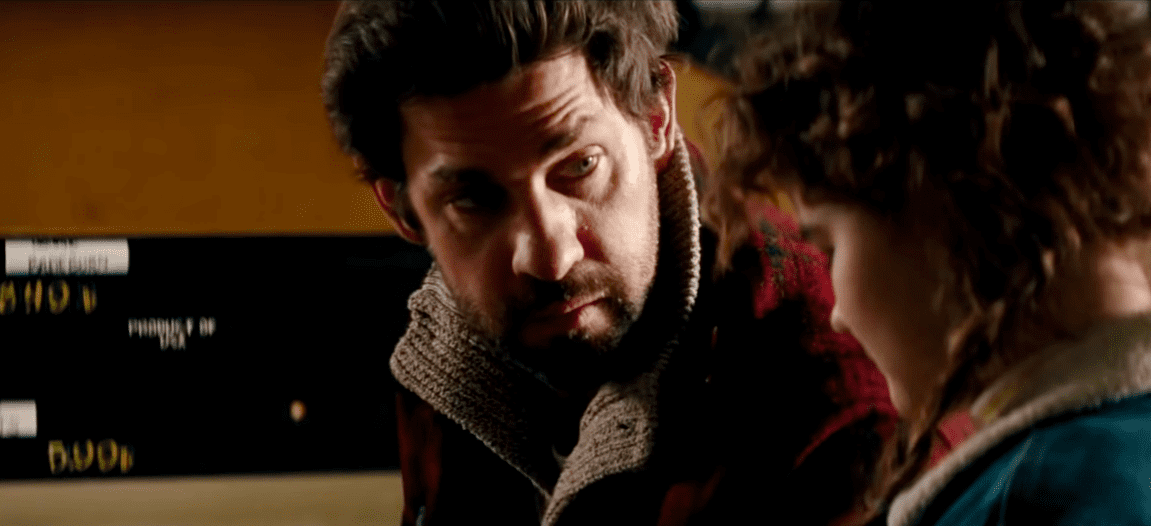 A Quiet Place, Platinum Dunes
A Quiet Place, Platinum Dunes
42. Loose Lips Sink Ships
Lon Chaney, a silent film star famous for his portrayals of grotesque villains and anti-heroes, was also a pioneer of movie makeup. No Chaney creation was more terrifying to his audiences than the Phantom from 1925’s The Phantom of the Opera. The Phantom’s face was a closely guarded secret all through shooting—not even co-star Mary Philbin had seen it. This mystery was a major part of the advertising campaign.

History's most fascinating stories and darkest secrets, delivered to your inbox daily.
41. A Frightening Face
Chaney achieved the skull-like effect of the Phantom’s face through a combination of spirit gum, fish skin, mascara, cotton, and a pair of ground-down false teeth. When Chaney’s grim visage was finally revealed, many theatergoers fainted.
40. A New Nightmare
Chaney’s role as the Phantom was taken up in a 1989 remake by no less than Freddy Krueger himself, Robert Englund.
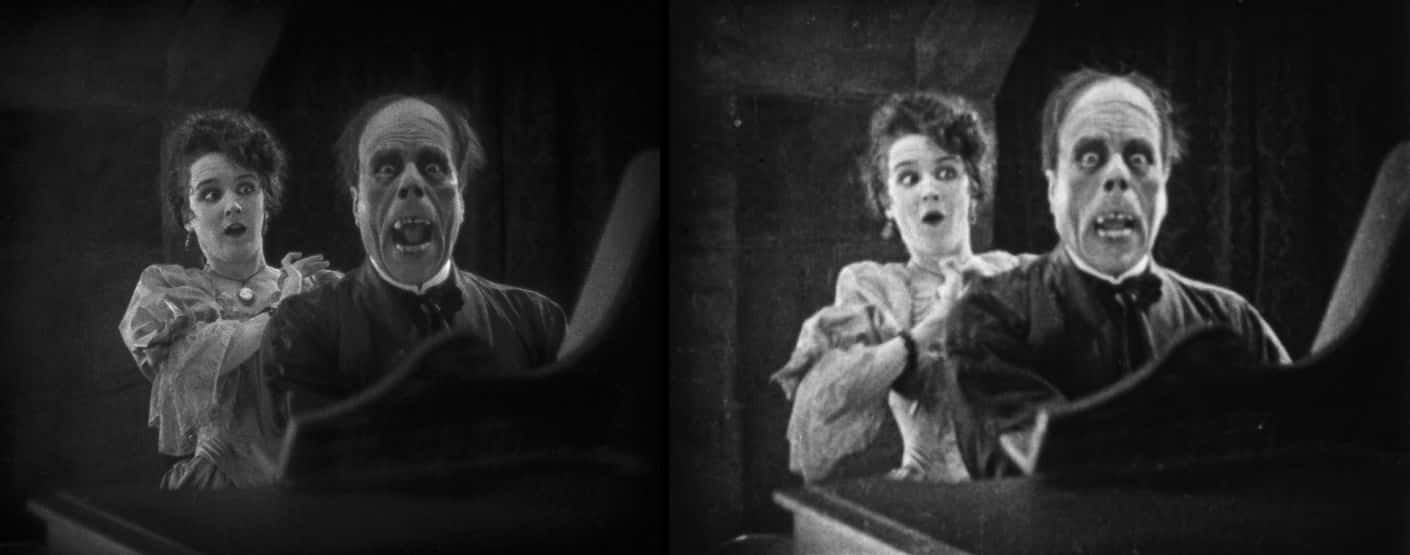 Wikimedia Commons, Universal Pictures
Wikimedia Commons, Universal Pictures
39. Son of 1000 Faces
Lon Chaney Jr. followed his old man into the family business, taking the lead role in The Wolf Man (1941) and its four sequels.
38. Wolf or Man?
The Wolf Man was likely the most influential depiction of the werewolf on screen, but it's far from the only one—it's not even the earliest. In 1935, Universal Pictures released Werewolf of London. Although makeup artist Jack Pierce had planned a look almost identical to the one he would use for The Wolf Man, star Henry Hull refused any look that obscured his face. Perhaps Hull’s more human wolfman just wasn’t scary enough, because the movie was a flop.
37. Were-Yak
The original Wolf Man’s “fur” was actually yak hair.
36. It’s Alive!!
Mary Shelley’s Frankenstein terrified readers when it was published in 1818 and became an instant horror classic. It’s not surprising, then, that filmmakers were eager to bring Frankenstein’s monster to life, and they did so almost immediately. No less a figure than Thomas Edison—a man who knew his science—released the first adaptation of Frankenstein in 1910.
35. Supersized
Boris Karloff, who played the most famous version of Frankenstein’s monster for the 1931 film, was only 5’11" tall. Makeup artist Jack Pierce did everything he could to create the sensation that Karloff was a massive, lumbering ghoul. In addition to wearing a jacket which was several sizes too small and a high headpiece, Karloff was given a pair of platform boots that weighed thirteen pounds—each!
34. Swan the Big Screen
While Frankenstein’s monster was a lumbering menace, the monster from Bride of Frankenstein needed to be something quite different. When it came her time to don the neckbolts, actress Elsa Lanchester took inspiration from an unlikely place: the hissing and awkward, jolting walk of swans she had seen at Regent Park.
33. Down for the Count
The role of Frankenstein’s monster, made famous by Boris Karloff, was first offered to Bela Lugosi—Dracula himself. Lugosi dismissed it as a job for “a half-wit extra,” but did end up playing the monster in 1943’s Frankenstein Meets the Wolf Man.
32. That Sucks!
Has anyone ever dressed up as Dracula without proclaiming “I VANT TO SUCK YOUR BLOOD”? Probably not, but Bela Lugosi actually never says that phrase in Dracula. Nor does it appear in the novel. In fact, no one is sure just where the phrase comes from.
31. Funny, but True
Though he is synonymous with the role, Lugosi only played Dracula twice: the classic 1931 film for which he's famous, and the 1948 comedy Abbot and Costello Meet Dracula. In Universal’s sequels to Dracula, the Count was played John Carradine or Lon Chaney Jr.
30. Cousin of the Count
In 1921, German filmmakers tried their own take on the iconic vampire with Nosferatu. But where Dracula was suave and charismatic, Count Orlok looked like horrifying a cross between a rat and a spider. While the unauthorized adaptation borrowed heavily from Bram Stoker’s novel, the inspiration for Orlok came from producer Enrico Dieckmann's interaction with a Serbian man who claimed his father was really a vampire.
29. Beneath the Bandages
In 1932, Boris Karloff played the titular Mummy in Universal Pictures’ The Mummy. The design of the undead Egyptian king was based on the look of the actual mummy of Egyptian Pharaoh Ramses III.
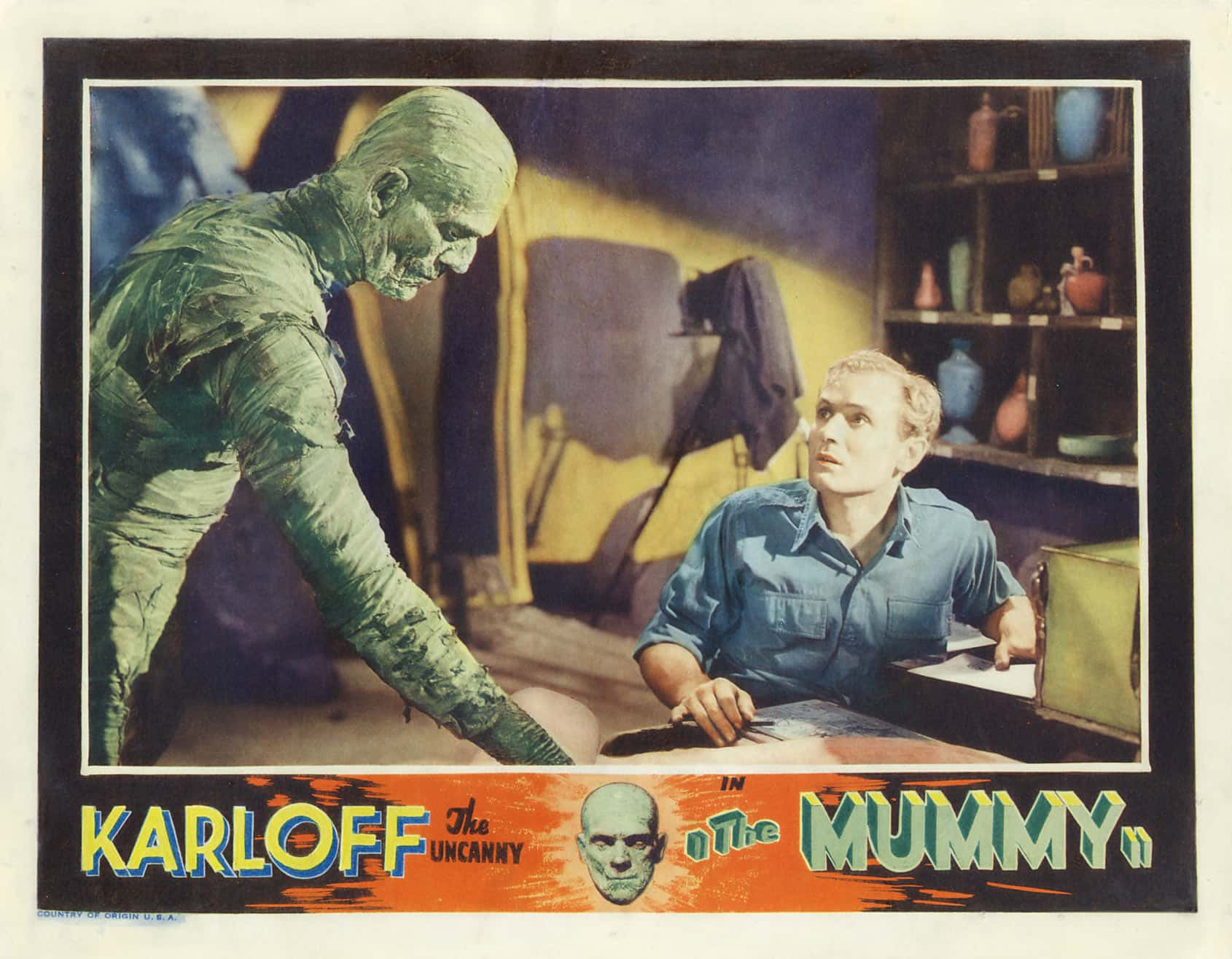 Wikimedia Commons, Universal Pictures
Wikimedia Commons, Universal Pictures
28. Wrapped Up Research
Though his make up rendered Karloff virtually unable to speak, his few lines were well researched, and based on legitimate Ancient Egyptian phrases taken from the Book of the Dead, as was his character's name, Imhotep.
27. Building a Reputation
Imhotep was a real person. Before you get your torches and pitchforks ready, the real Imhotep was actually a very successful and beloved architect who was revered as a god after his death.
26. The Creature from Citizen Kane
Citizen Kane is widely considered one of the best movies ever made, so it’s funny that it should have played a hand in the creation of The Creature from the Black Lagoon which is, well, not. Black Lagoon producer William Alland was an actor on Citizen Kane. While working on the film, he met Gabriel Figueroa, a cinematographer who terrified Alland with legends about a race of half-man, half-amphibian monsters who dwelled in the Amazon River. The rest, as they say, is history.
25. We’d Like to Thank the Academy
The costume for the titular Creature from the Black Lagoon—or, the Gillman, as he’s lovingly known—is based, in part, on the Oscar statue. The sleek, streamlined shape struck director Jack Arnold as the sort of shape an amphibious lagoon monster might have. Needless to say, this was the closest this film got to one of the little gold statues.
24. King of the Monsters
Godzilla, the 400-foot tall lizard that terrorized Tokyo, is a pop culture icon in Japan, and one of the first things Westerners associate with Japanese culture. But Godzilla actually has its roots in American cinema; the original Godzilla took major cues from the American film The Beast from 20,000 Fathoms, which was released the year earlier, and likewise features a giant reptilian monster.
23. Battle of the Beasts
Godzilla inspired a whole genre of films in Japan. Kaiju (or, “strange beast”) films feature massive, usually atomic-powered monsters who take out their anger on large cities. These monsters included King Ghidorah, Mothra, and Megalon—all of whom Godzilla has fought on screen.
22. Slam Dunk
Godzilla faced many foes, but only one was truly a match for the King of the Monsters: Phoenix Suns power forward Charles Barkley, who defeated Godzilla in a game of one-on-one for a 1992 Nike commercial.
21. Ambassador of the Monsters
In 2015, Godzilla was named an official cultural ambassador of Tokyo. Maybe he’s not so scary after all!
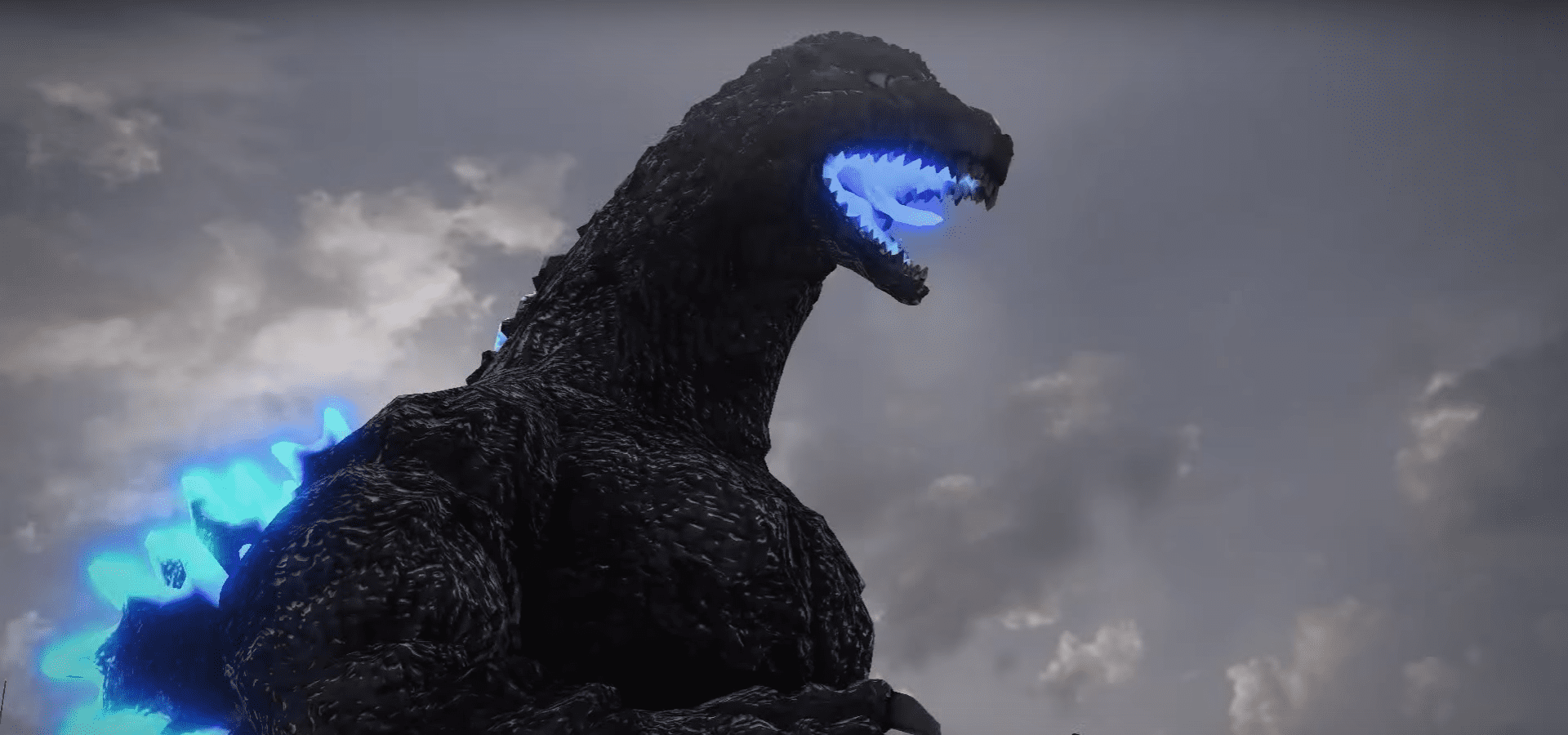 Wikimedia Commons, Bandai Namco Entertainment America
Wikimedia Commons, Bandai Namco Entertainment America
20. The Unstoppable Blob
The eponymous monster from 1958 B-horror classic The Blob was made of silicone and red dye. The dye was added continuously as shooting progressed to give the impression that the Blob had consumed more and more blood and flesh. 60 years later, the original model is still intact and has yet to dry out.
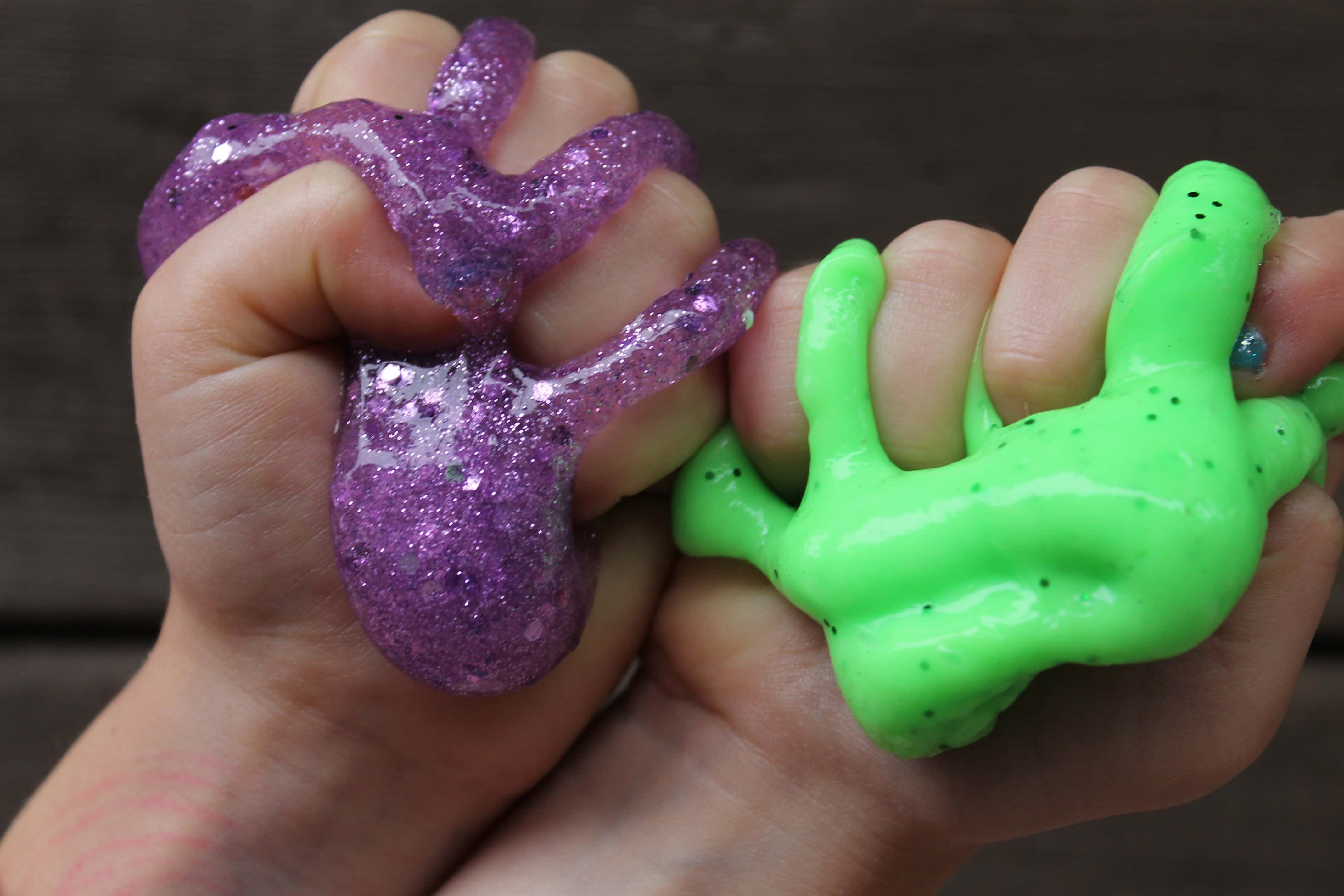 Shutterstock
Shutterstock
19. Eye Spy
The monster from The Crawling Eye might have only had one eye, but if you look closely, you can see it in two horror classics. Not only did it appear in The Crawling Eye in 1958, but the creepy, crawling cyclops makes a brief cameo in Stephen King’s novel It, while the Losers Club are running around in the sewers.
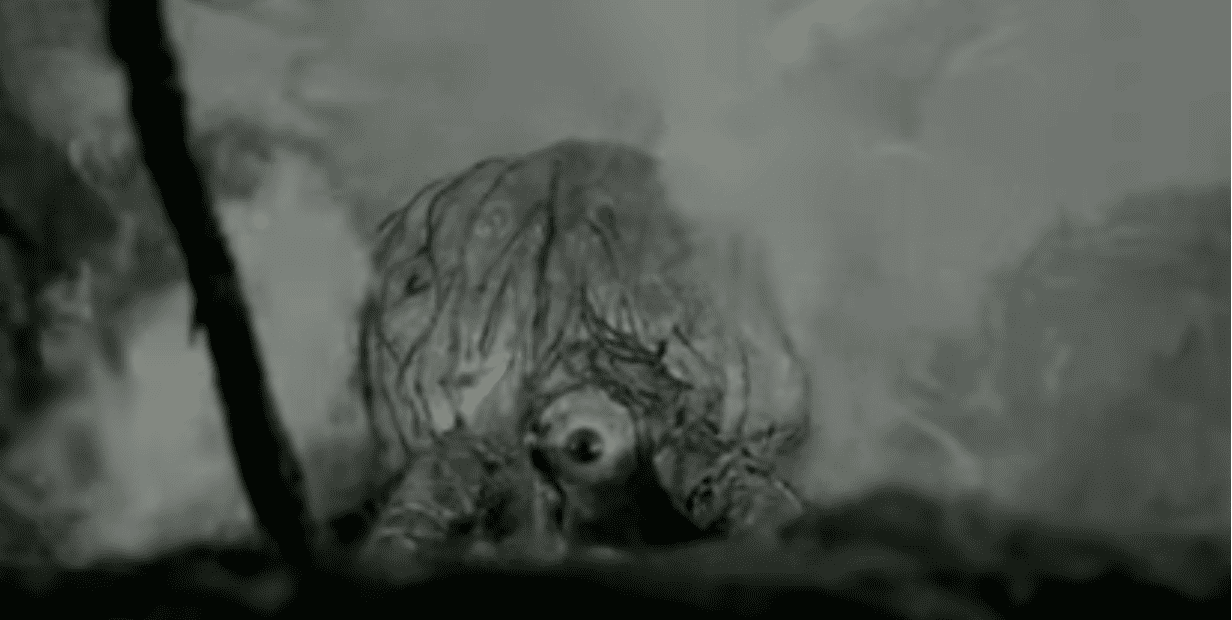 The crawling eye, Tempean Films
The crawling eye, Tempean Films
18. Killing Machines
Three mechanical sharks were built to serve as the villain of Jaws, costing close to a million dollars apiece. Real great whites cannot survive in captivity and were never an option for the filmmakers. Probably for the best anyway.
17. Sea You In Court
The shark in Jaws doesn’t have a name per se. Director Steven Spielberg named the shark “Bruce,” after his lawyer.
16. Illegal Alien
H.R. Giger’s original designs for the monster in Alien were so frightening he was held up by customs agents at the Los Angeles airport who thought the violent, grotesque images were photographs, and wouldn’t let them or Giger through until writer Dan O’Bannon showed up to explain.
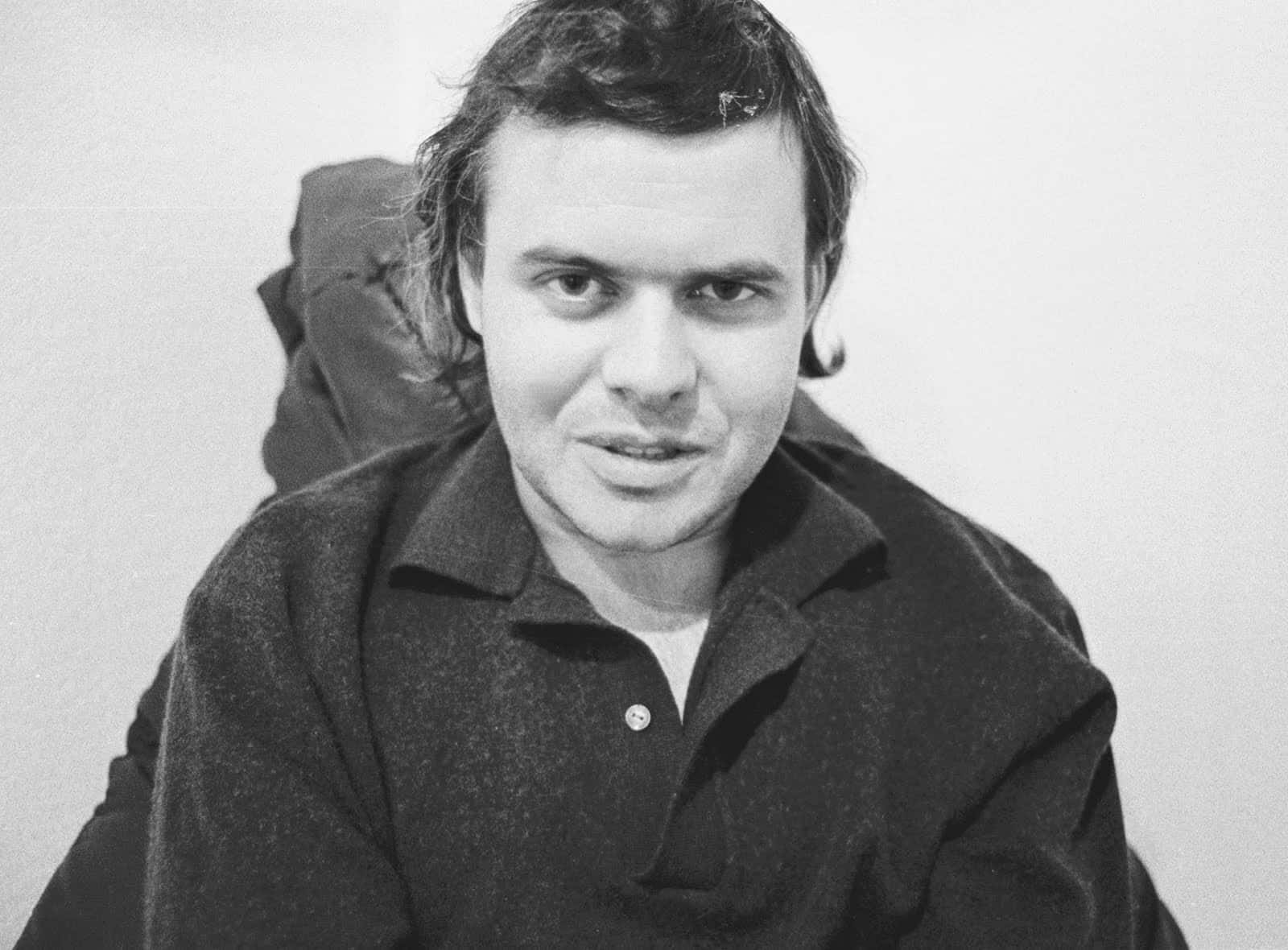 Wikimedia Commons, Kedar Misani
Wikimedia Commons, Kedar Misani
15. Sick Ideas
The creature from Alien represents some pretty obvious fears—sexuality, pregnancy, transformation—and Giger’s work was perfectly suited for bringing those fears to nightmarish reality. But the Xenomorph had a less obvious—though no less frightening—inspiration as well: O’Bannon’s personal struggle with Crohn’s Disease.
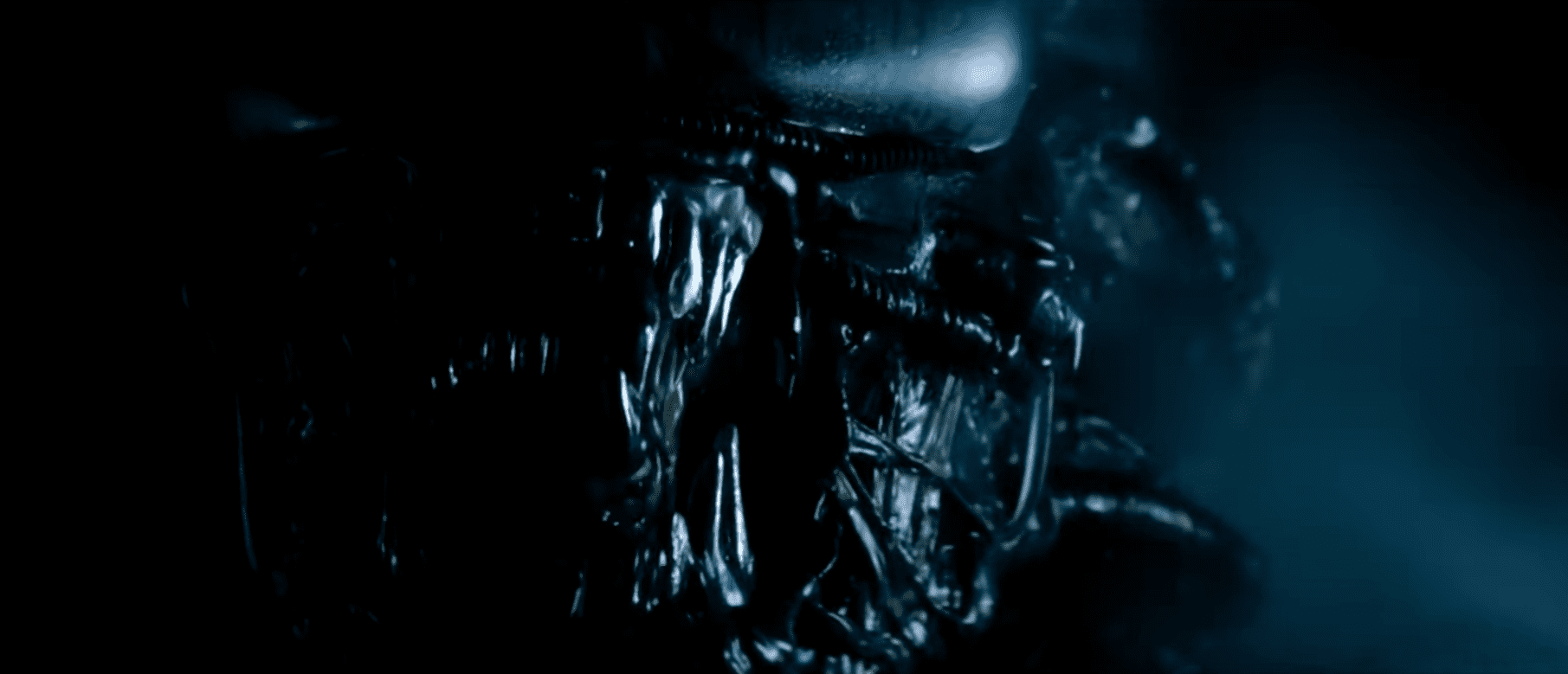 Alien, 20th Century Fox Television
Alien, 20th Century Fox Television
14. An Alien Walks into A Bar
The role of the alien in Alien went to Nigerian graphic arts student Bolaji Badejo, who, because of his lanky 6’10" frame, was given the job on the spot when producer Ivor Powell spotted him in a London bar.
13. Unprotected
Jason, the unkillable stalking murderer of the Friday the 13th franchise, is best known for his vintage hockey mask, but he didn’t actually don the mask until Friday the 13th Part III.
12. Disagreements on Disfigurement
While not the killer in the first Friday the 13th film, Jason does appear as the child whose tragic drowning serves as the impetus for his mother's killing spree. There were heated debates between creator Victor Miller and effects artist Tom Savini over whether or not Jason should be deformed. In the end, Savini won the argument, and Jason was given an enlarged head and distorted face
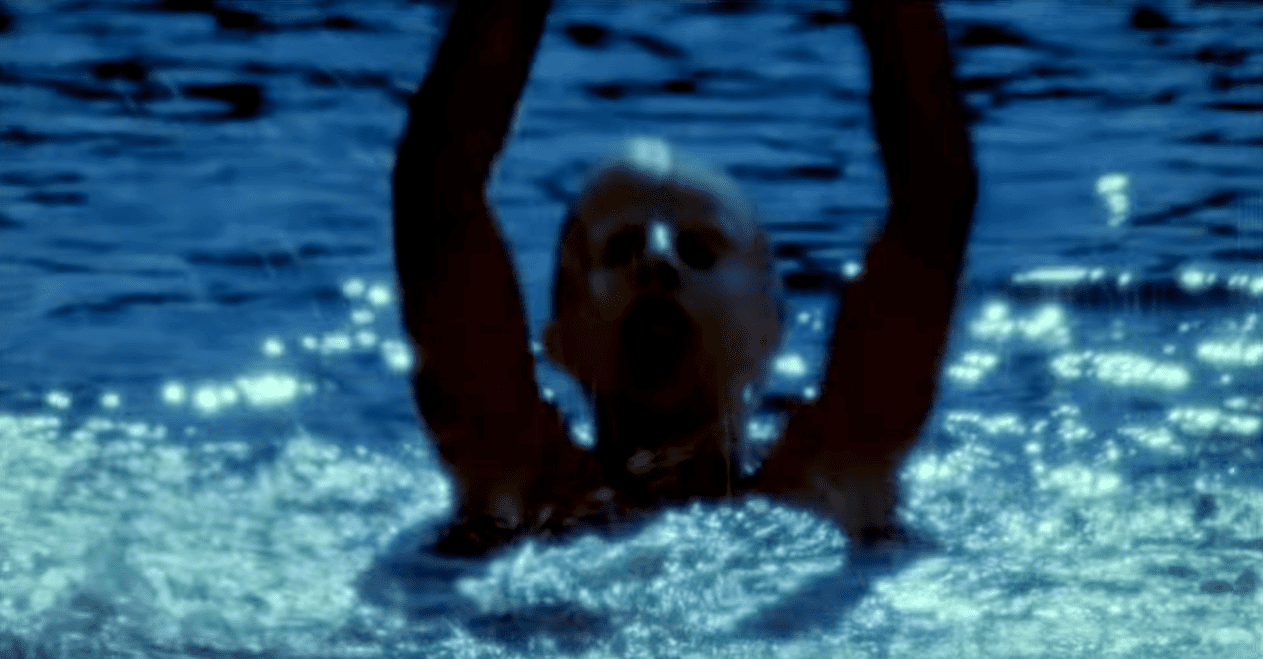 Friday the 13th , Paramount Pictures
Friday the 13th , Paramount Pictures
11. Sweating the Details
For A Nightmare on Elm Street, Freddy Krueger’s trademark knife-glove was made of steak knives and brown leather by designer Jim Doyle, and inspired by Wes Craven’s cat. His hat was based on a scary drunk man Craven had seen as a child. Even Freddy’s sweater is meant to terrify: Craven had read that red and green stripes had a disorienting, unsettling effect on viewers.
10. Welcome to My Nightmare
We see a little of Freddy’s origin story in 1991’s Freddy’s Dead. Freddy’s first victim is revealed to be his abusive stepfather, played by the king of shock rock, Alice Cooper.
9. Identity Crisis
While he’s widely known by his name, Halloween stalker Michael Myers is credited in the original movie as “The Shape.” The Shape is also what Myers is referred to in the original script. The term comes from Minister Cotton Mather, a famous figure from the Salem Witch Trials. Mather used the term to describe spirits who caused harm.
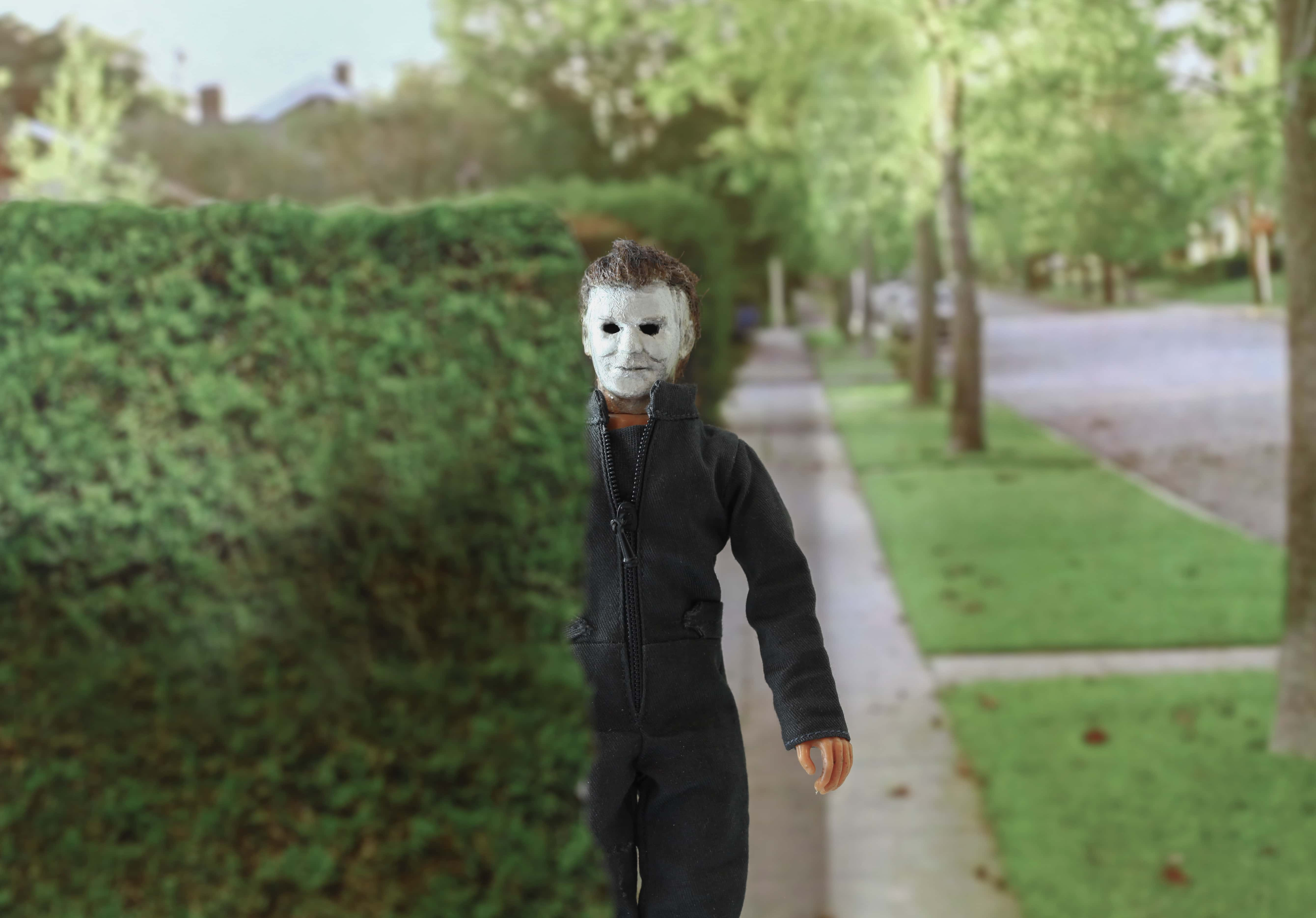 Shutterstock
Shutterstock
8. America’s Scary-land
Chainsaw-wielding maniac Leatherface terrorized hippies—and audiences—in the 1974 slasher flick The Texas Chainsaw Massacre. But that movie seems less scary when you consider Leatherface was based on a real-life monster, Wisconsin serial killer Ed Gein. Gein was also famously the inspiration for Norman Bates in Psycho.
7. Not Cool in 2017… or 1990…
Pennywise isn't the most horrifying part of It, which was re-released as a movie in 2017. Most fans don't realize that the books contained an utterly twisted scene that was so disturbing that it was omitted from both theatrical releases: a sex scene where the group of kids–known as the Losers’ Club–engage in an orgy. For valid reason, children engaging in intimacy is sure to attract controversy, which is likely why the scene was omitted from both the 1990 and 2017 onscreen adaptations.
Commenting on the scene, Stephen said, “I wasn’t really thinking of the sexual aspect of it. The book dealt with childhood and adulthood –1958 and Grown Ups. The grown-ups don’t remember their childhood. None of us remember what we did as children–we think we do, but we don’t remember it as it really happened. Intuitively, the Losers knew they had to be together again. The sexual act connected childhood and adulthood. It’s another version of the glass tunnel that connects the children’s library and the adult library. Times have changed since I wrote that scene and there is now more sensitivity to those issues.”
He later added, “It’s fascinating to me that there has been so much comment about that single sex scene and so little about the multiple child murders. That must mean something, but I’m not sure what.”
6. Pleasant Dreams
Freddy Krueger, A Nightmare on Elm Street's sleep-stalking maniac, has kept movie audiences awake since his first appearance in 1984, but Freddy’s real-life inspiration will make you think twice before going to bed tonight, too: Wes Craven got the idea from a news story about a group of Khmer refugees to the United States whose nightmares were so intense they died in their sleep. These survivors of the reign of Pol Pot, who were young and healthy, would have a terrible nightmare and refuse to sleep for days. When exhaustion set in and the young men would finally fall asleep, they would wake up screaming and die shortly after. An obvious cause would have been heart failure, but autopsies revealed that there was no specific cause of death.
5. A Tale of Two Masks
The infamous Halloween mask was almost a clown mask. They had originally thought about going with a clown mask as a throwback to the night Myers killed his sister Judith while dressed up as a clown for Halloween. They went for the Kirk mask that had been spray-painted because it looked emotionless and they thought that was much creepier than the clown mask. At that point, the killer clown archetype wasn't quite what it was today (Stephen King's It came out eight years later, in 1986). But had they used the clown mask, it would've been a chilling omen for the capture of a real-life killer clown, John Wayne Gacy, who was arrested just two months after Halloween was released.
4. Primary Source
James Jude Courtney, who plays Michael in the upcoming film, learned how to kill from a former Mafia hitman. The hitman lived with Courtney after getting out of prison. The hitman later went to see a film Courtney directed, The Hit List, and advised that the kills weren’t realistic. Courtney then learned from the best and put the knowledge to use to play Myers.
3. In the Blood
The Halloween novelization reveals that Michael’s great-grandfather killed a couple at a harvest dance on Halloween. Great-grandpa Myers then identified his victims by name before he was hanged, even though he’d never met them, saying he heard the names in his dreams.
2. A Clown by Any Other Name
Pennywise, the horrible clown that haunts the kids in It, almost wasn’t a clown at all. Originally, King based the book on the story "Three Billy Goats Gruff," imagining the Losers Club as the goats, the town of Derry as the bridge, and Pennywise as the troll lurking beneath. Eventually, he decided that kids hated clowns more than trolls, which is probably true, and he made the switch.
1. The Bee's Knees
Tony Todd was unforgettable as the terrifying urban legend come to life in the 1992 film Candyman. At one point, the role required him to be covered in swarms of bees—no easy task at a time before CGI was common. So yes, those bees were real! The filmmakers used younger bees, who would be less likely to sting the stars of the film. On top of that, Tony Todd was given a bonus everytime he was actually stung by one for his troubles. He ended up being stung 23 times. Not bad!
Sources: 1, 2, 3, 4, 5, 6, 7, 8, 9, 10, 11, 12, 13, 14, 15, 16, 17, 18, 19, 20, 21, 22, 23, 24, 25, 26, 27, 28, 29, 30, 31, 32, 33, 34, 35, 36, 37, 38, 39, 40, 41, 42

